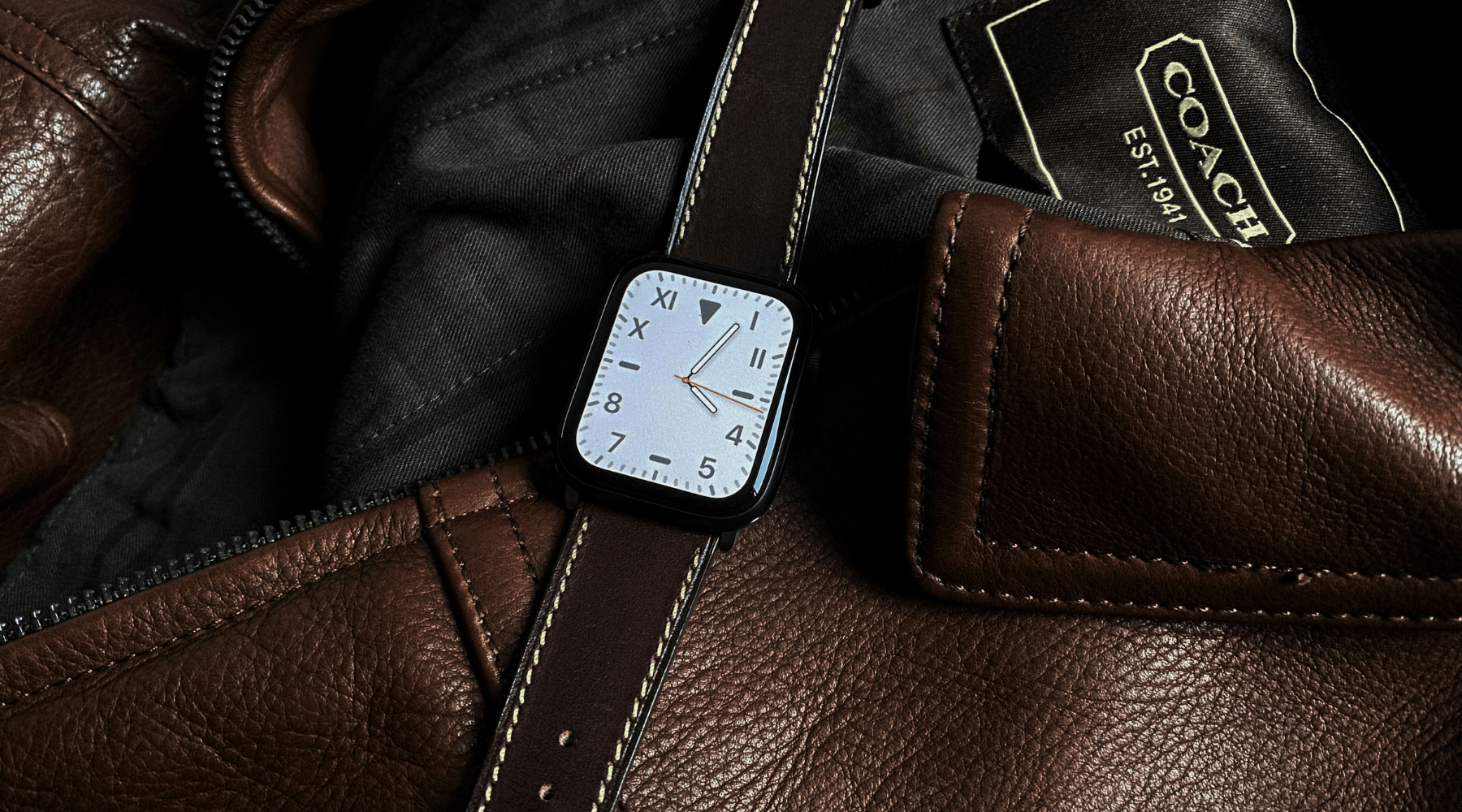
How to Care For & Keep Your Apple Watch Straps in Top Condition
Whether you wear your Apple Watch for fitness, fashion, or function, one thing is certain – your strap plays a major role in its overall look and comfort. From sporty silicone to sophisticated stainless steel, and especially premium leather, Apple Watch straps deserve proper care and storage if you want them to stand the test of time.
In this guide, we’ll share practical tips on how to store and care for your Apple Watch straps – with a special focus on Buckle & Band’s genuine leather straps – to help you keep them looking and feeling as good as new.
Why Strap Care Matters
Your Apple Watch strap is constantly exposed to skin oils, sweat, moisture, UV light, and temperature changes – all of which can take their toll over time. By taking a few simple steps, you can:
-
Prolong the lifespan of your straps
-
Maintain their appearance and comfort
-
Avoid unpleasant odours or discolouration
-
Protect your investment – especially with luxury straps
Daily Strap Care Tips
Taking a few minutes to care for your Apple Watch strap each day can make a lasting difference. Whether it’s premium leather, silicone, or metal, regular upkeep will preserve its appearance and feel, while also helping to avoid common issues like discolouration, unpleasant odours, or premature wear.
1. Clean Your Strap Regularly
Leather Straps:
Genuine leather is a natural material that benefits from gentle, regular care. After daily wear, especially in warm weather or high activity, it's important to wipe down your leather strap with a soft, dry microfibre cloth to remove sweat, oils, and dust. If necessary, use a slightly damp cloth – but never saturate the leather, as this can weaken the fibres and cause staining or warping.
Avoid using alcohol-based cleaners, antibacterial wipes, or household soaps, as these can strip the natural oils from the leather and cause it to dry out or crack.
Silicone and Metal Straps:
Silicone and stainless steel straps are generally more robust and resistant to moisture. Rinse these gently under lukewarm water, using a mild, fragrance-free soap if there’s visible grime or a build-up of sweat. Dry the strap thoroughly with a lint-free cloth, paying close attention to any connectors or pins where moisture can hide.
Pro tip:
If you’re switching straps regularly, give each one a quick clean before storing to prevent long-term residue or build-up, especially around the lugs and buckle.

2. Avoid Excess Moisture
This is especially critical for leather Apple Watch straps, which are not waterproof. While occasional contact with moisture (such as light rain or washing hands) may not cause immediate harm, prolonged or repeated exposure will degrade the leather over time.
What to avoid:
-
Showering or bathing with the strap on
-
Swimming or using the watch in hot tubs or saunas
-
Intensive workouts, especially if you’re prone to heavy sweating
When exposed to too much moisture, leather can become warped, stained, or develop a musty smell. Even silicone or nylon straps can start to degrade if stored wet or repeatedly soaked without proper drying.
Pro tip:
If your strap does get wet, remove it immediately, blot it dry with a soft cloth, and allow it to air dry completely in a cool, ventilated space – never near a radiator or heater.
3. Let Your Strap Breathe
Wearing your Apple Watch all day, every day, puts natural strain on the strap – especially if it’s made from leather. Over time, the constant pressure, sweat, and lack of airflow can wear down the material and reduce its flexibility.
Allowing your strap to rest – even for just a few hours each day – can help prolong its lifespan.
Why it helps:
-
Reduces build-up of skin oils and sweat
-
Prevents over-compression and warping
-
Allows any residual moisture to evaporate naturally
-
Gives the leather time to breathe and recover its shape
Pro tip:
If you own more than one strap, rotate between them to allow each one to rest. This is especially effective with leather straps, which benefit from regular breaks to maintain their structure and natural finish. Buckle & Band’s leather straps, for instance, develop a beautiful patina over time – but only if they’re treated with care and allowed to breathe.

How to Store Your Apple Watch Straps
Storage is just as important as cleaning. Follow these steps to protect your straps when not in use:
1. Store in a Cool, Dry Place
Where you keep your Apple Watch strap when it’s not in use is just as important as how you clean it. Always store your straps in a cool, dry place, away from direct sunlight, heaters, or damp areas such as bathrooms.
Why it matters:
Heat and humidity are enemies of most strap materials. Excessive sunlight can cause leather straps to fade and dry out, leading to cracking or warping. Silicone and rubber straps may become discoloured or brittle if exposed to constant high temperatures. Metal straps, while more durable, can still experience tarnishing or dulling in overly humid environments.
Pro tip:
A drawer lined with soft fabric or a ventilated storage box placed in a shaded room is ideal. Avoid placing straps on windowsills, radiators, or anywhere they may be exposed to fluctuating temperatures.
2. Use a Strap Organiser or Storage Case
If you own more than one Apple Watch strap – whether it’s for different outfits, activities, or moods – a strap organiser is a must-have. These are specially designed to keep each strap in its own compartment, laid flat to maintain its shape.
Why it matters:
Bending, twisting, or piling straps on top of each other can cause creases, pressure marks, or even permanent deformities – especially with leather or fabric options. Strap organisers and cases protect your collection from these risks while keeping everything tidy and accessible.
Pro tip:
Look for organisers with soft, non-abrasive linings and individual slots or pouches. If you’ve purchased a strap from Buckle & Band, use the included protective pouch for safe storage, particularly when travelling.
3. Keep Away from Sharp Objects
It’s surprisingly easy to damage a strap by storing it near keys, scissors, zips, or other sharp objects. Even a minor scratch can affect the appearance of leather or tear the surface of a silicone strap.
Why it matters:
Damage from sharp items isn’t always immediately visible, but it can weaken the material over time. Leather straps are particularly vulnerable to surface scratches, while silicone can tear, and metal straps may show scuff marks or dents.
Pro tip:
Designate a specific box, case, or drawer for your Apple Watch straps – one free from clutter or loose objects. If you’re travelling, use a hard-shell case with internal compartments to shield each strap from accidental damage.
Caring for Genuine Leather Apple Watch Straps
At Buckle & Band, our genuine leather Apple Watch straps are crafted from high-quality full-grain leather – the finest available. With proper care, our straps develop a rich, unique patina over time, making them truly yours.
Here’s how to keep them in excellent condition:
-
Avoid direct water contact: Leather is naturally absorbent, so keep it dry whenever possible.
-
Condition periodically: Use a leather conditioner or cream every few months to keep the strap supple and prevent drying or cracking.
-
Rotate with other straps: If you own more than one, alternate between them to reduce wear and prolong the life of each strap.
-
Use the included storage pouch: All Buckle & Band leather straps come with a protective pouch – ideal for safekeeping when not in use.
Invest in Long-Term Style and Quality
Apple Watch straps are more than just functional – they’re a key part of your personal style. By caring for your straps properly and storing them well, you’ll ensure they remain comfortable, stylish, and durable for years to come.
Explore our full range of premium leather Apple Watch straps at Buckle & Band, where elegance meets everyday performance. Whether you’re dressing for work or winding down at the weekend, there’s a strap to suit every occasion.
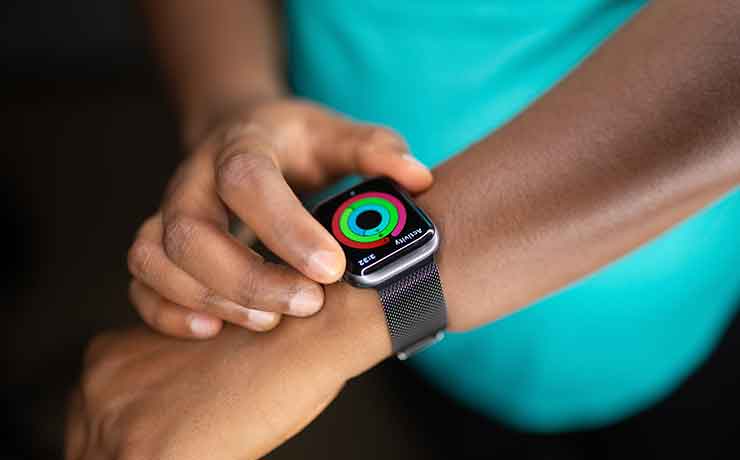
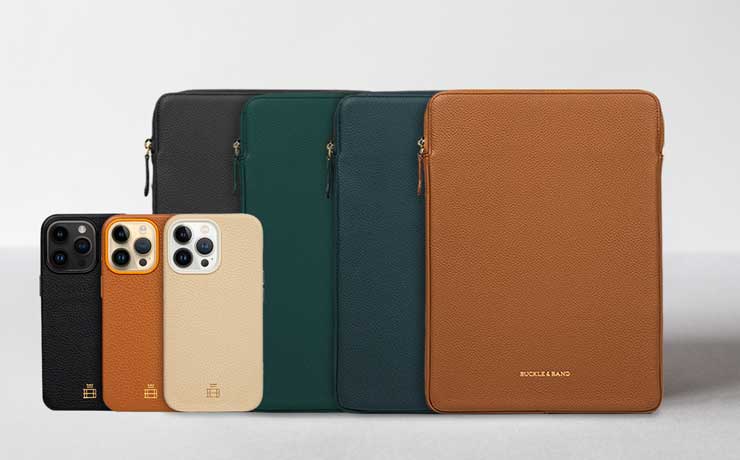

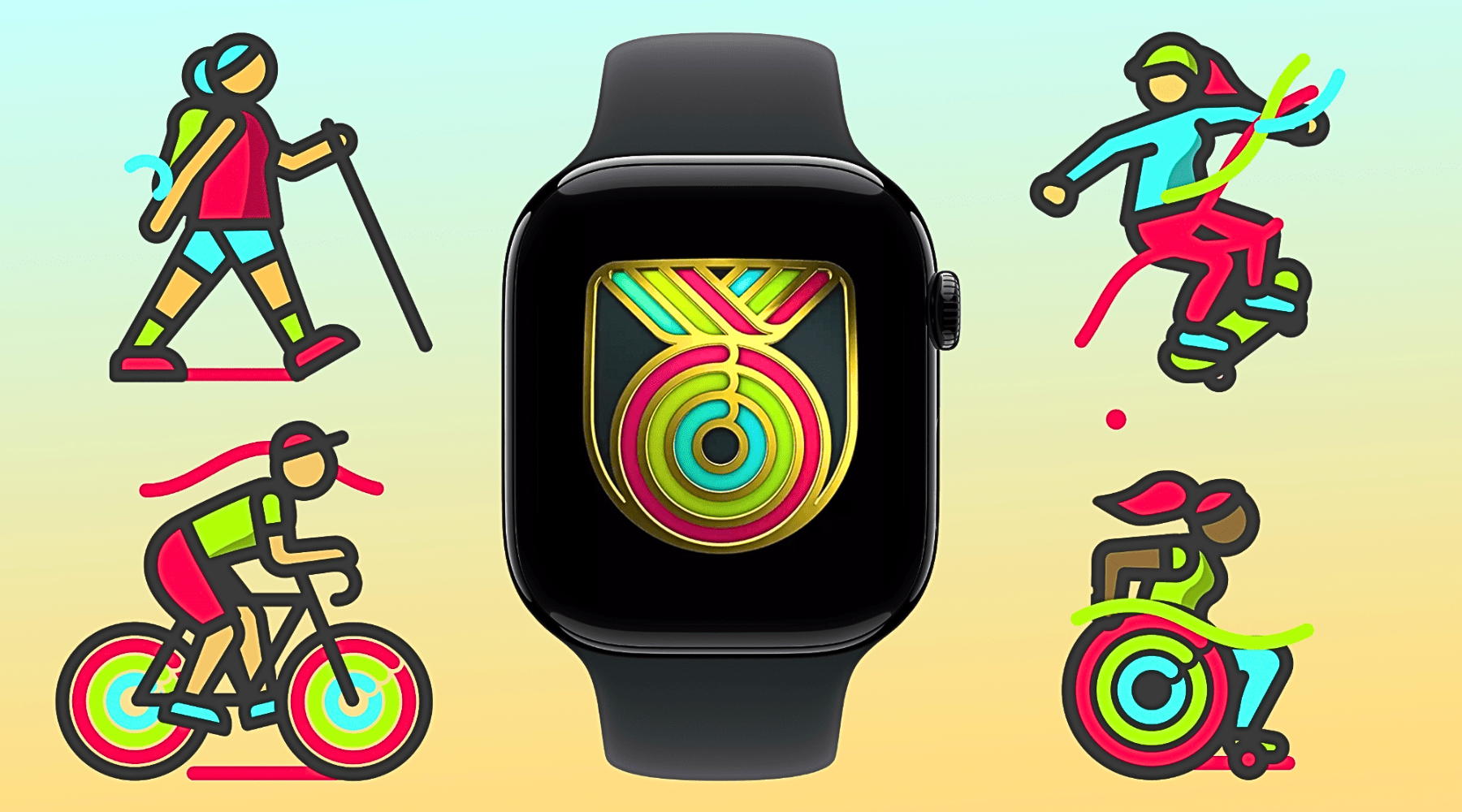

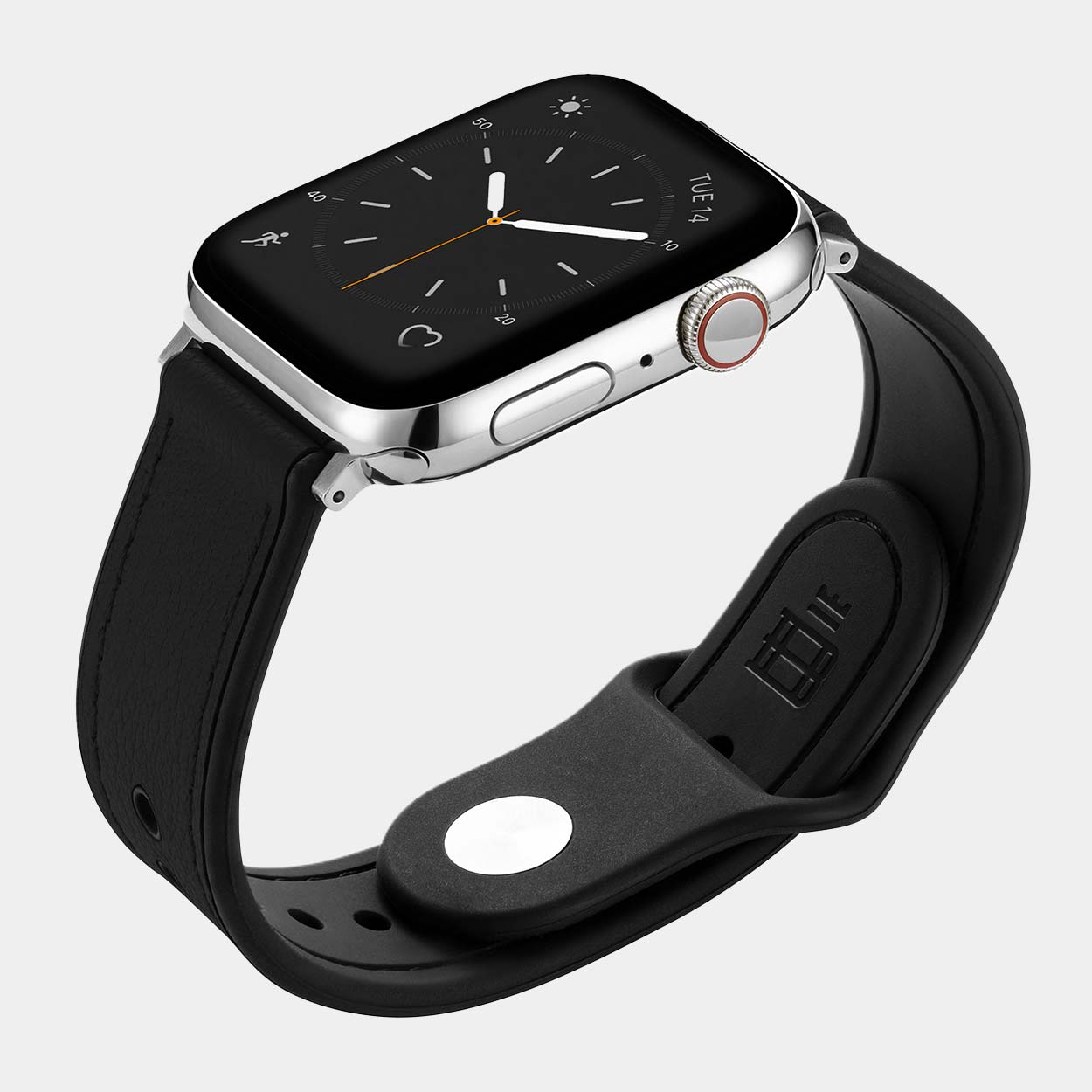
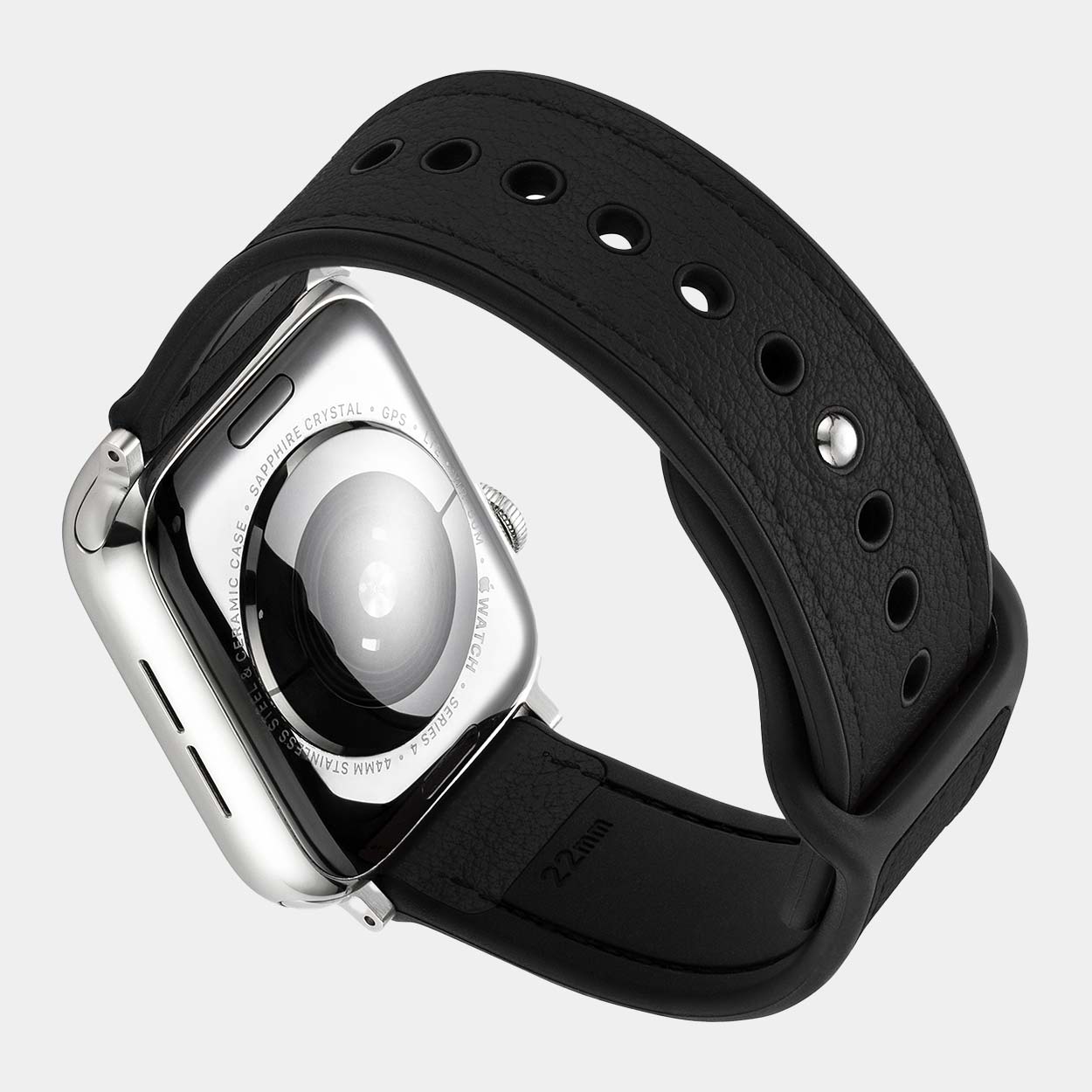
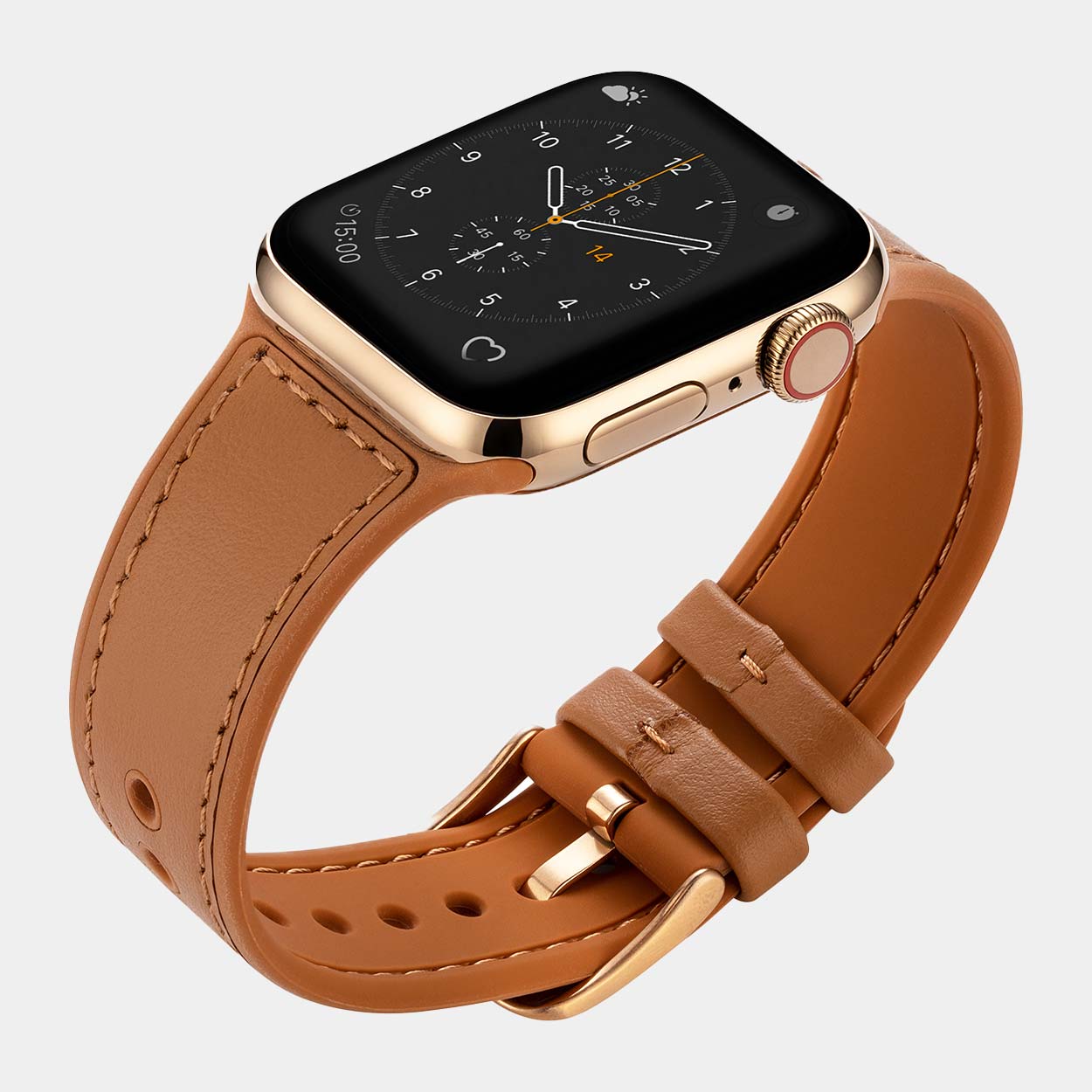
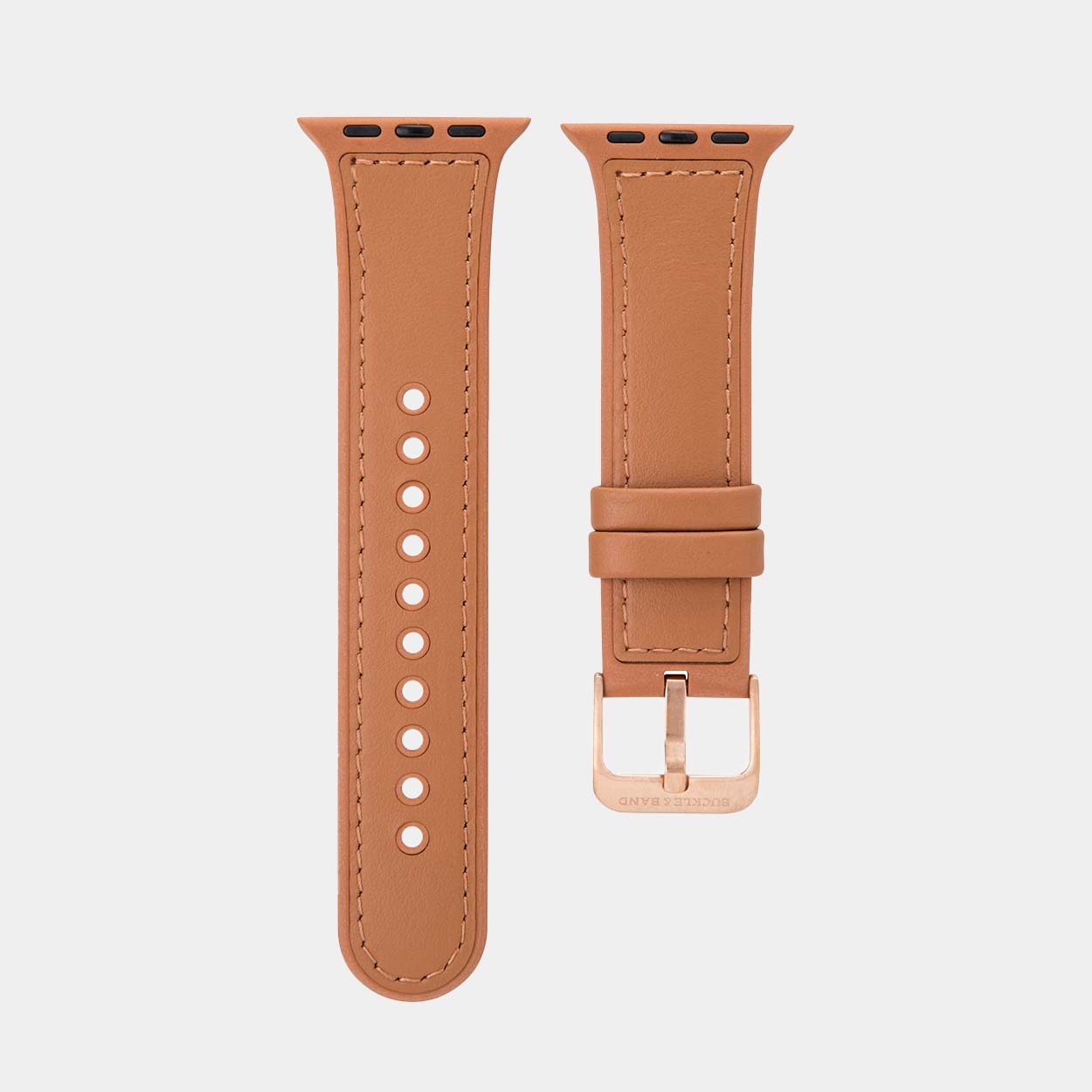
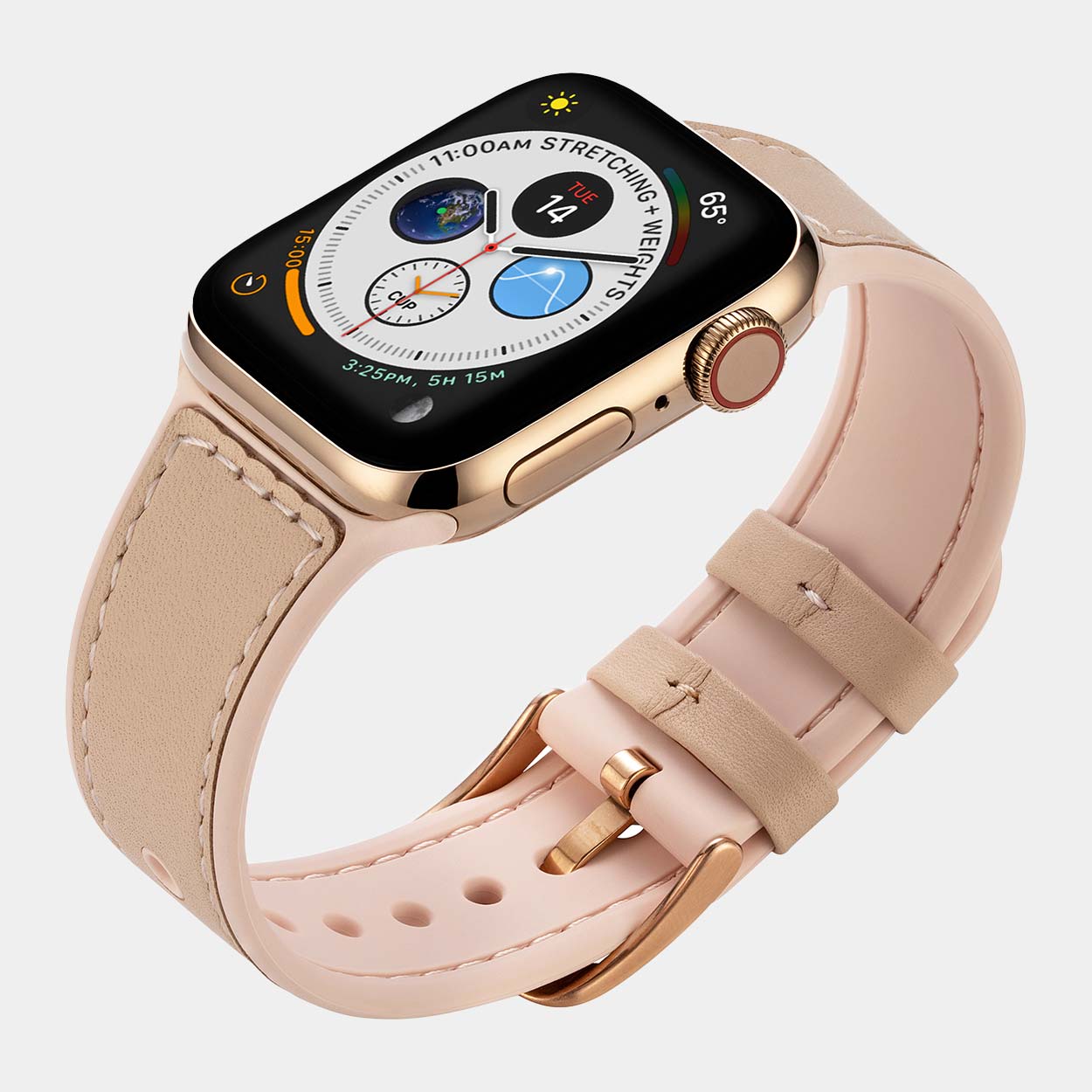
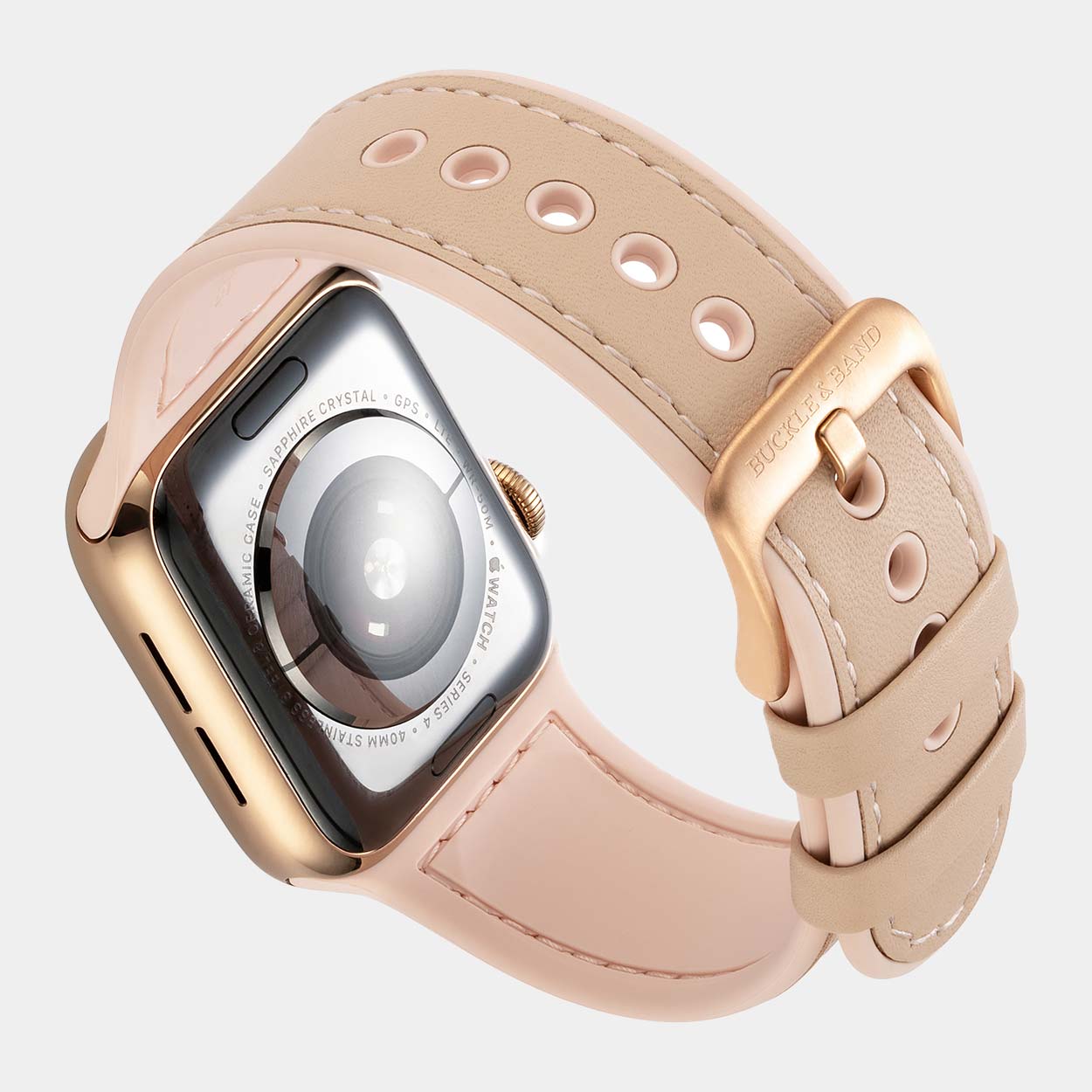
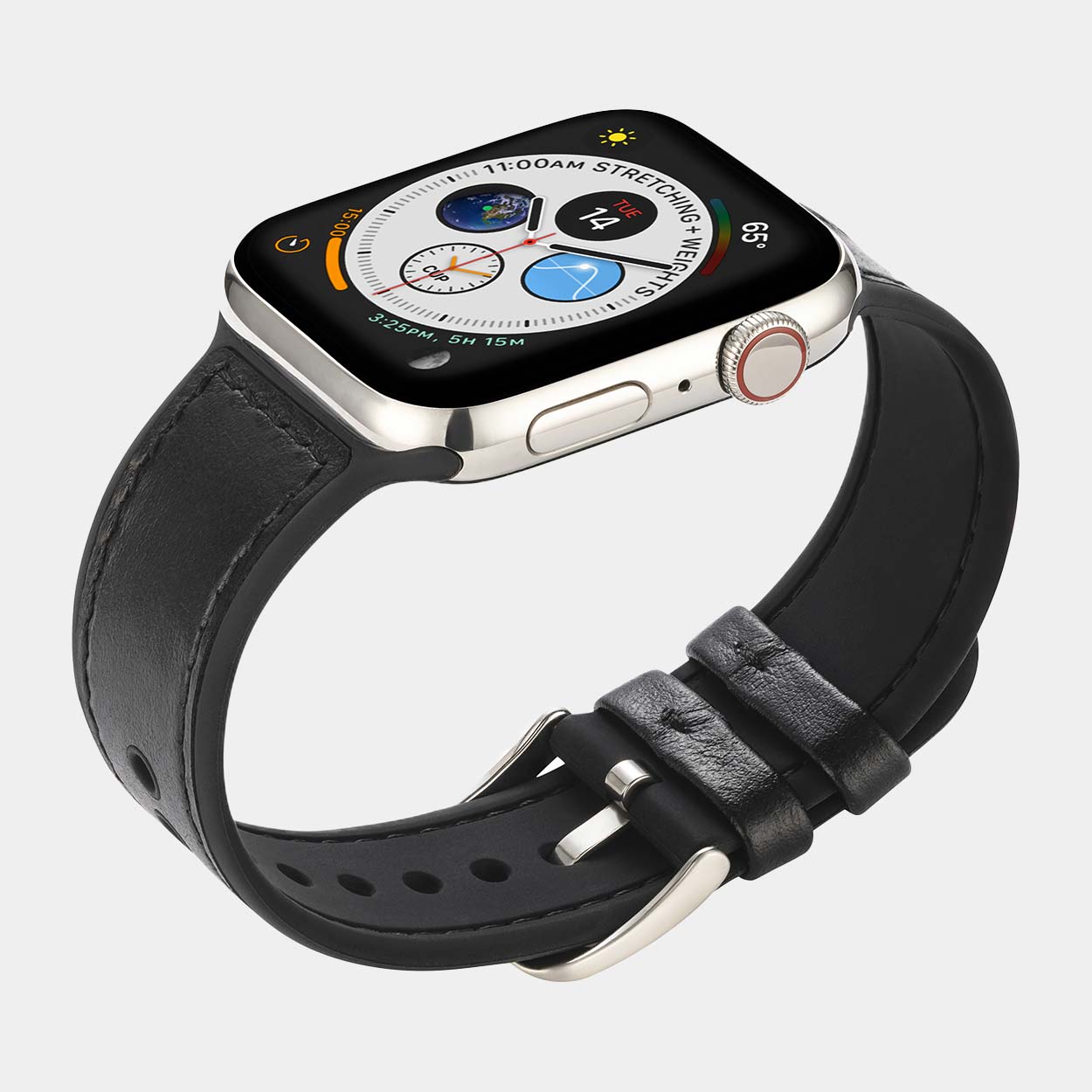
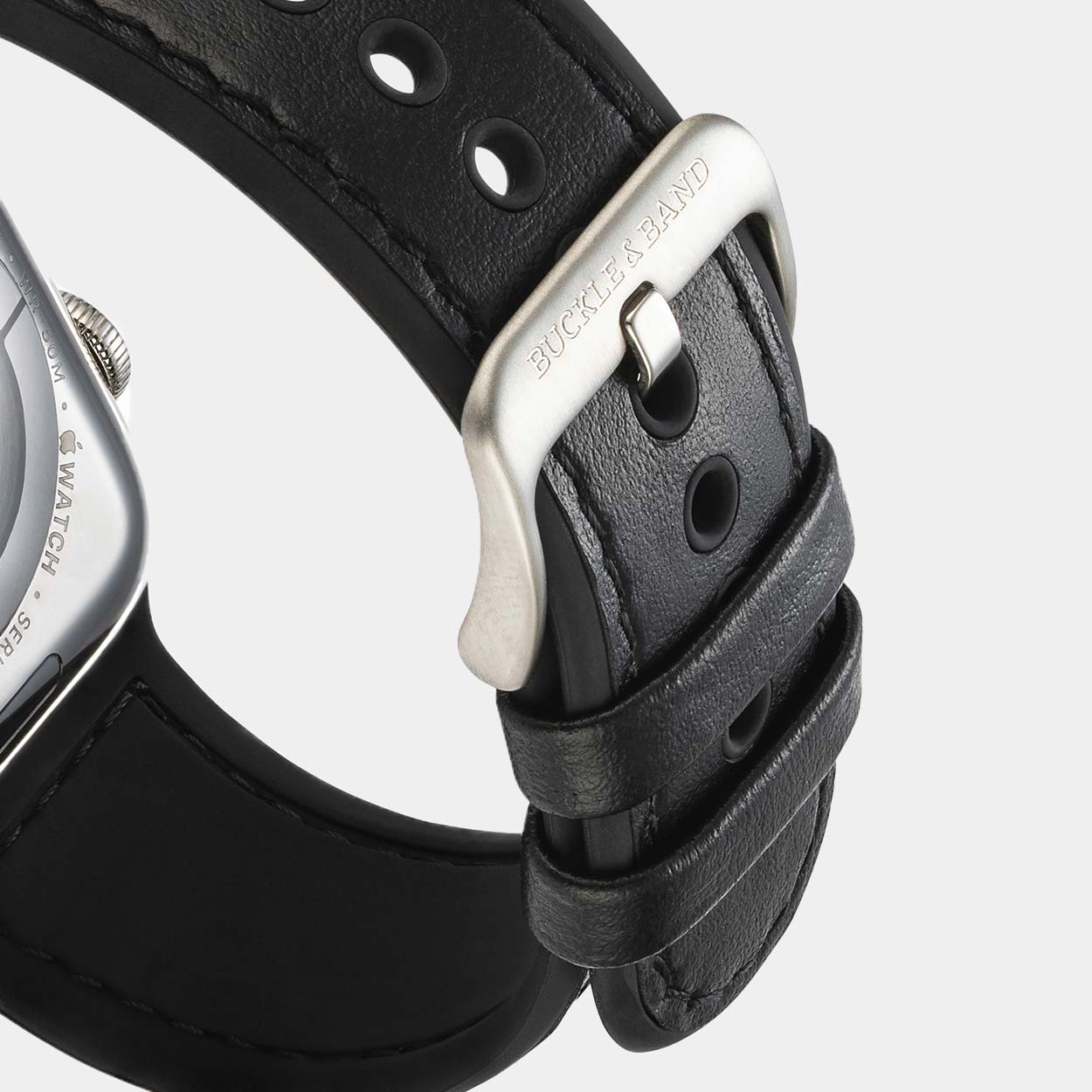
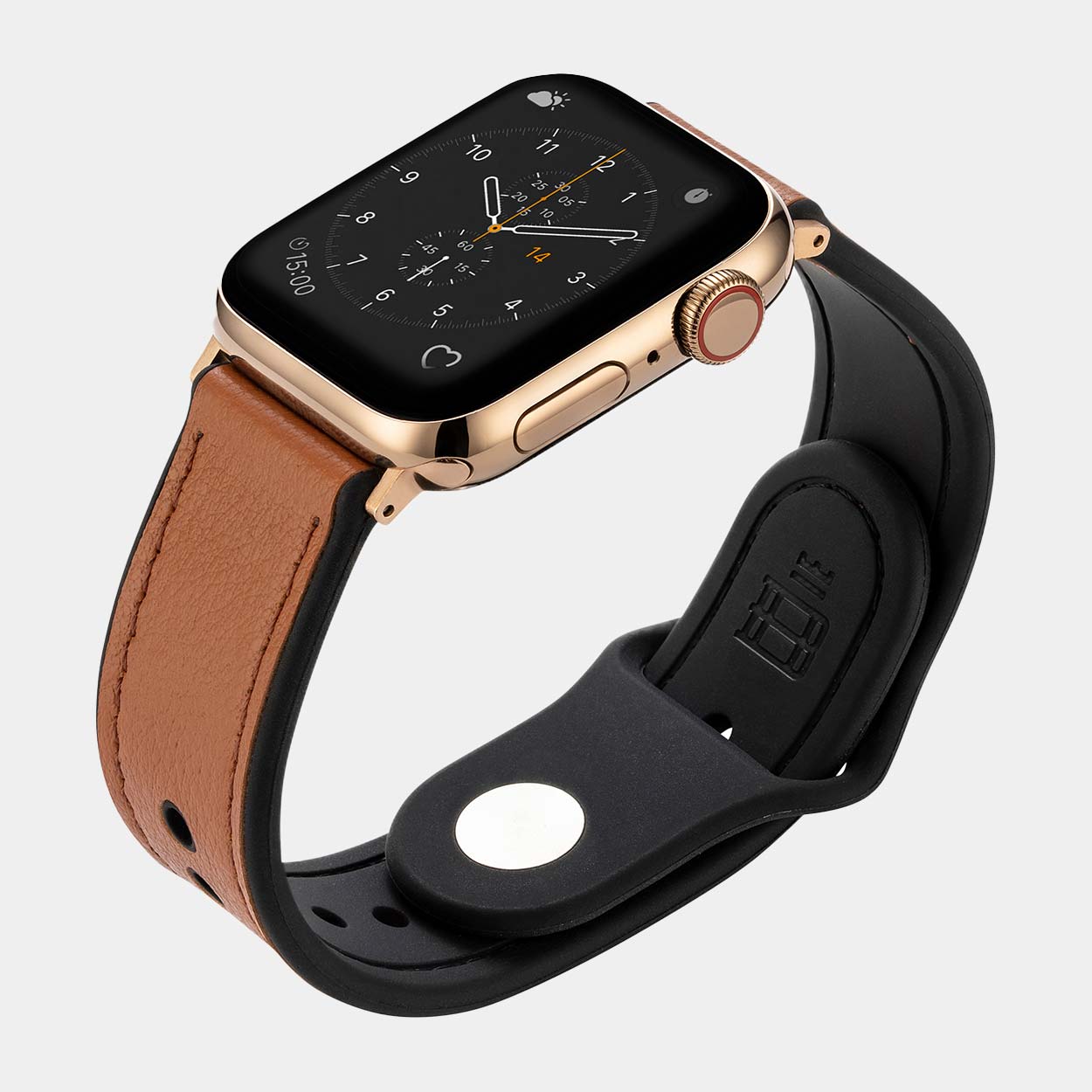
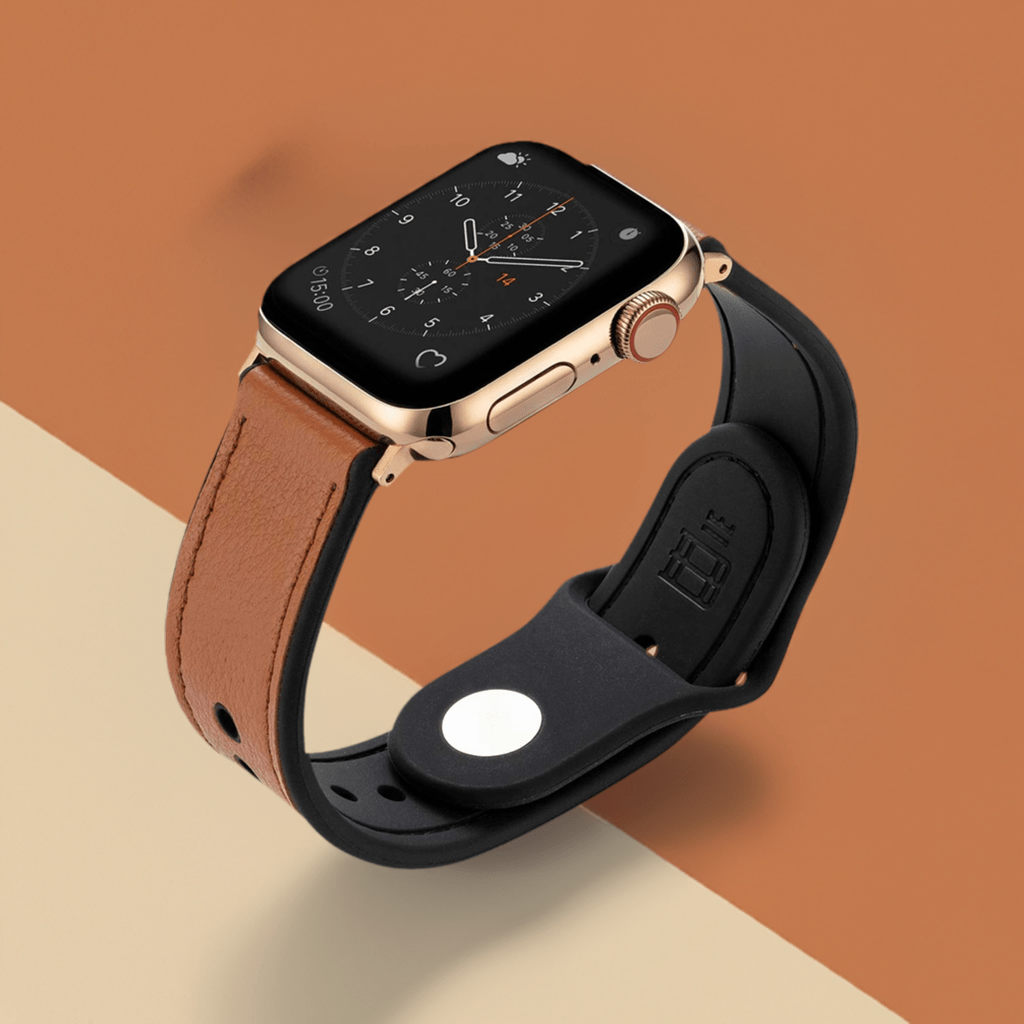
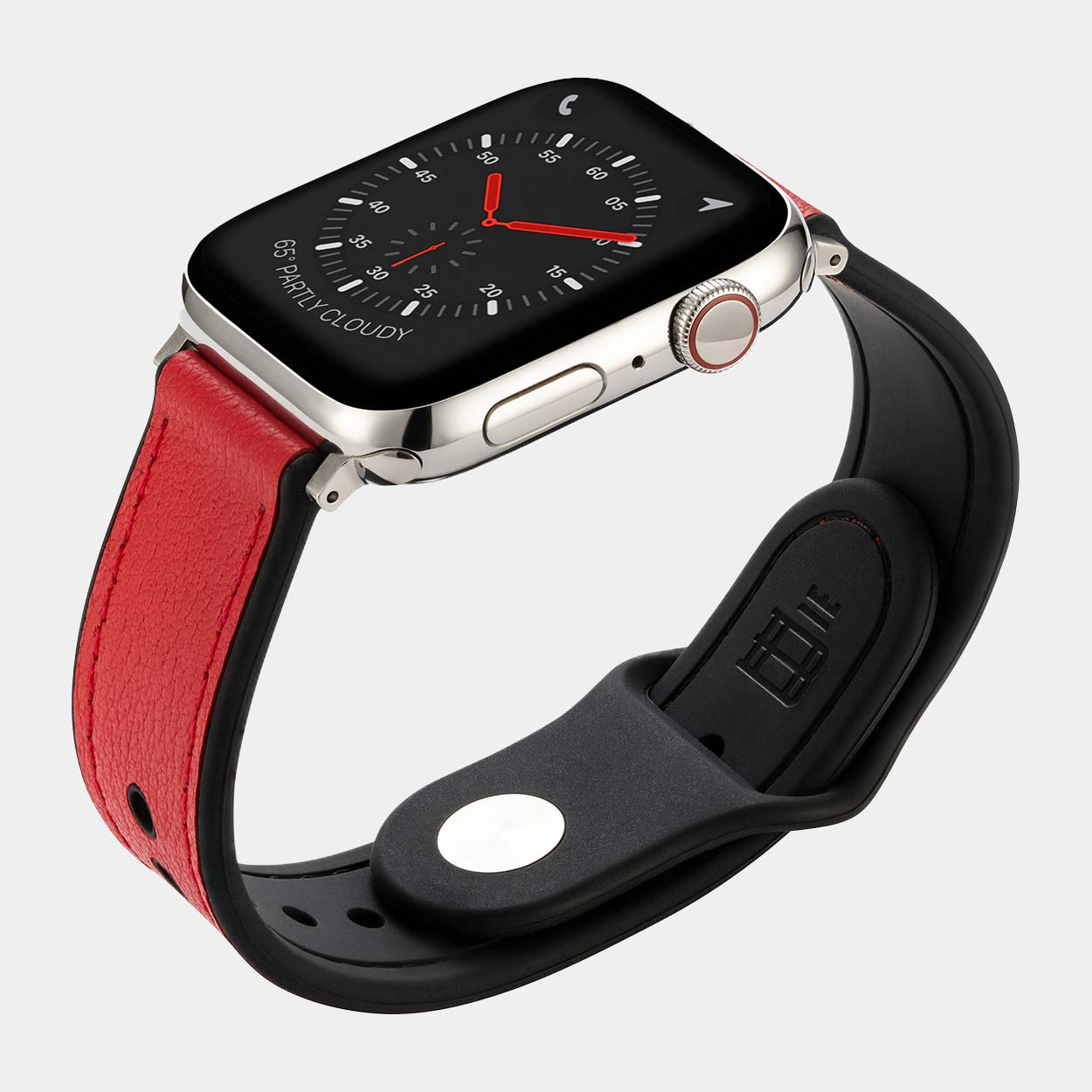
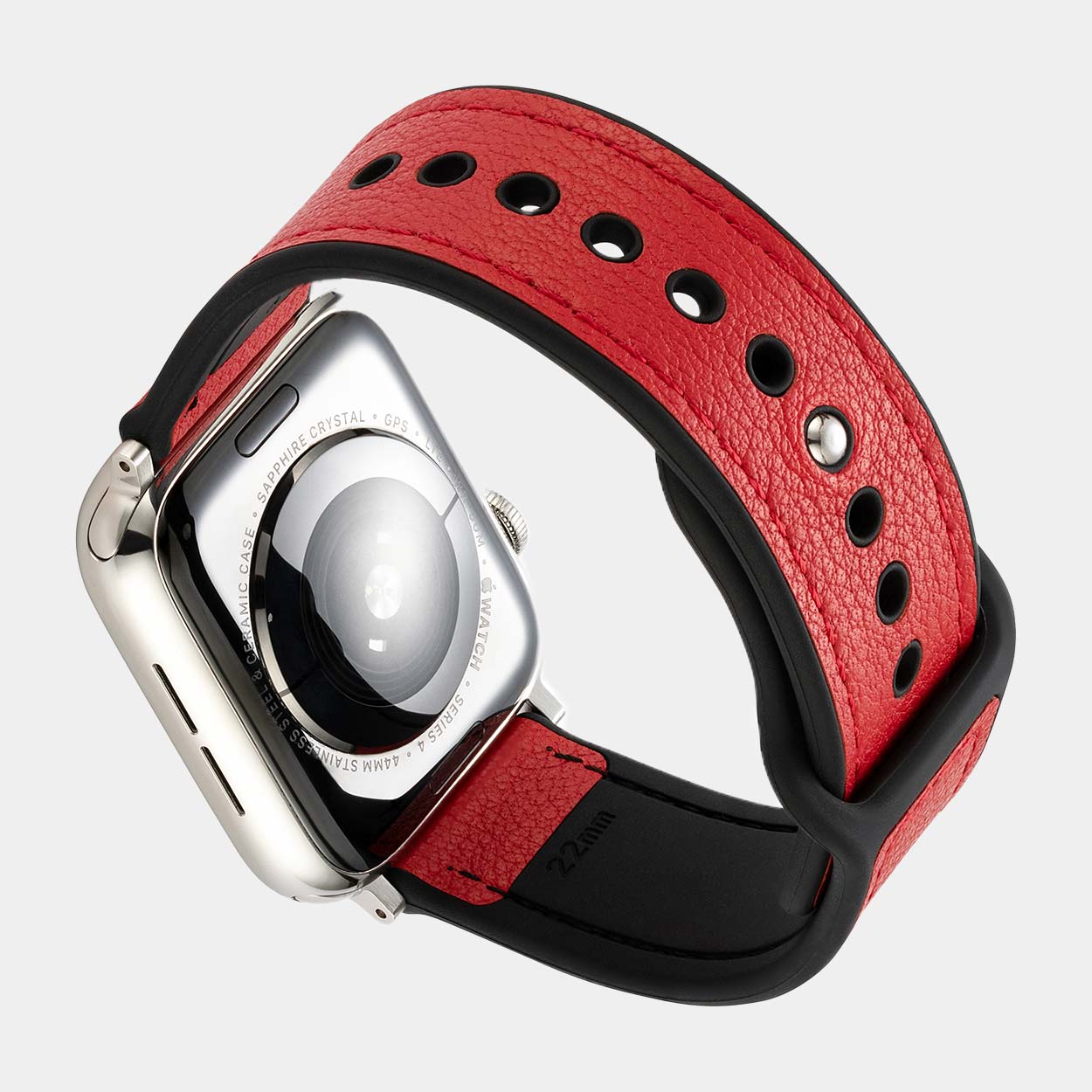
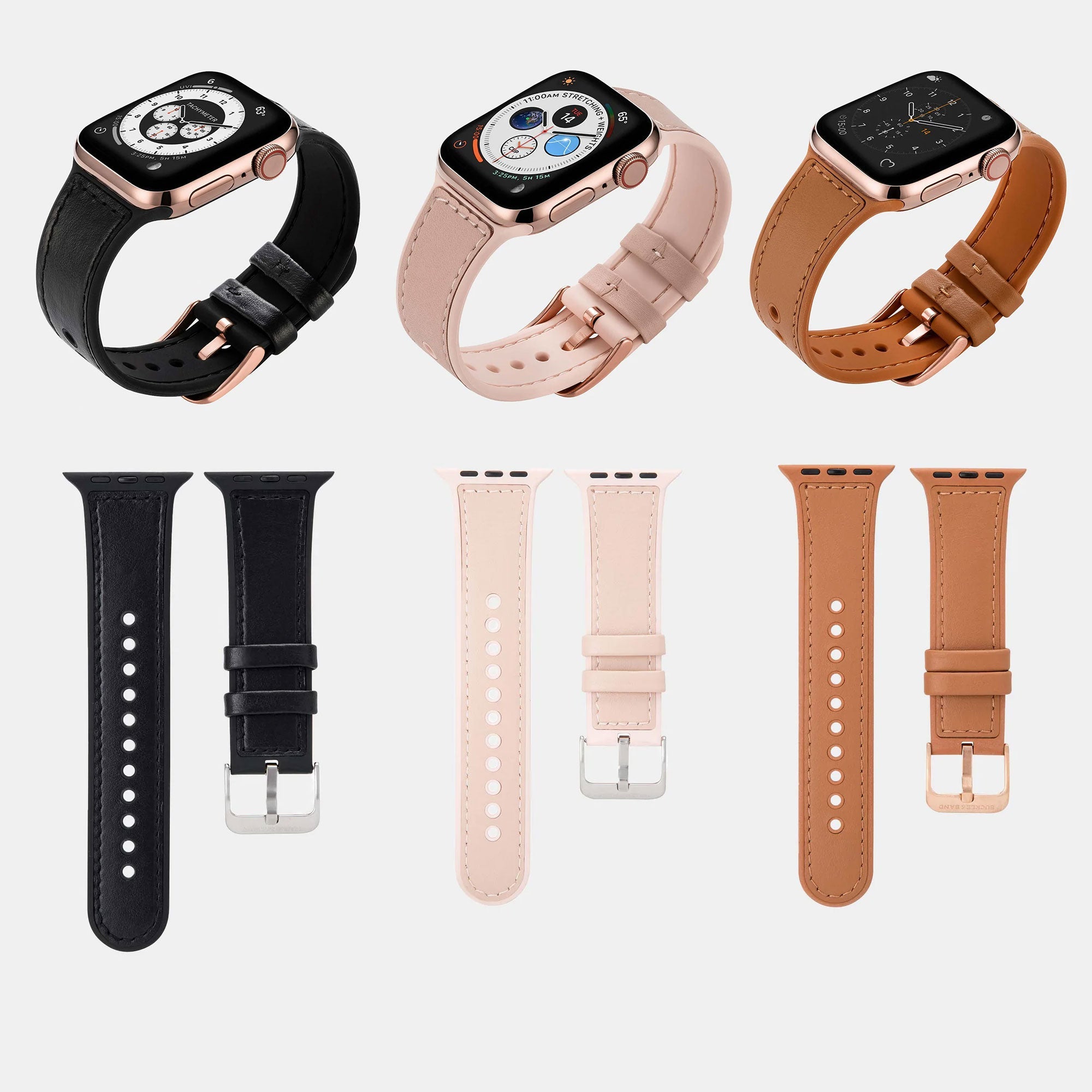
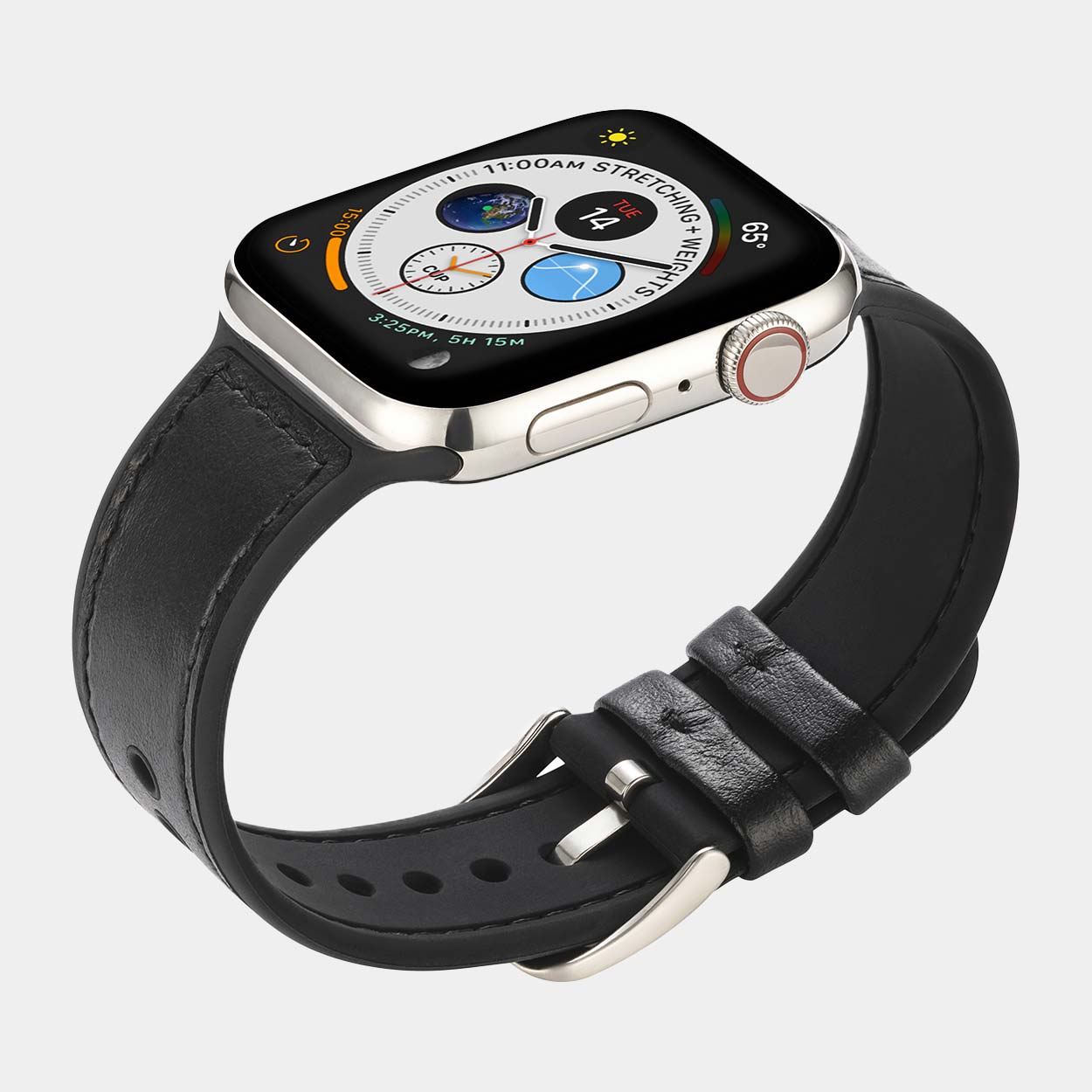
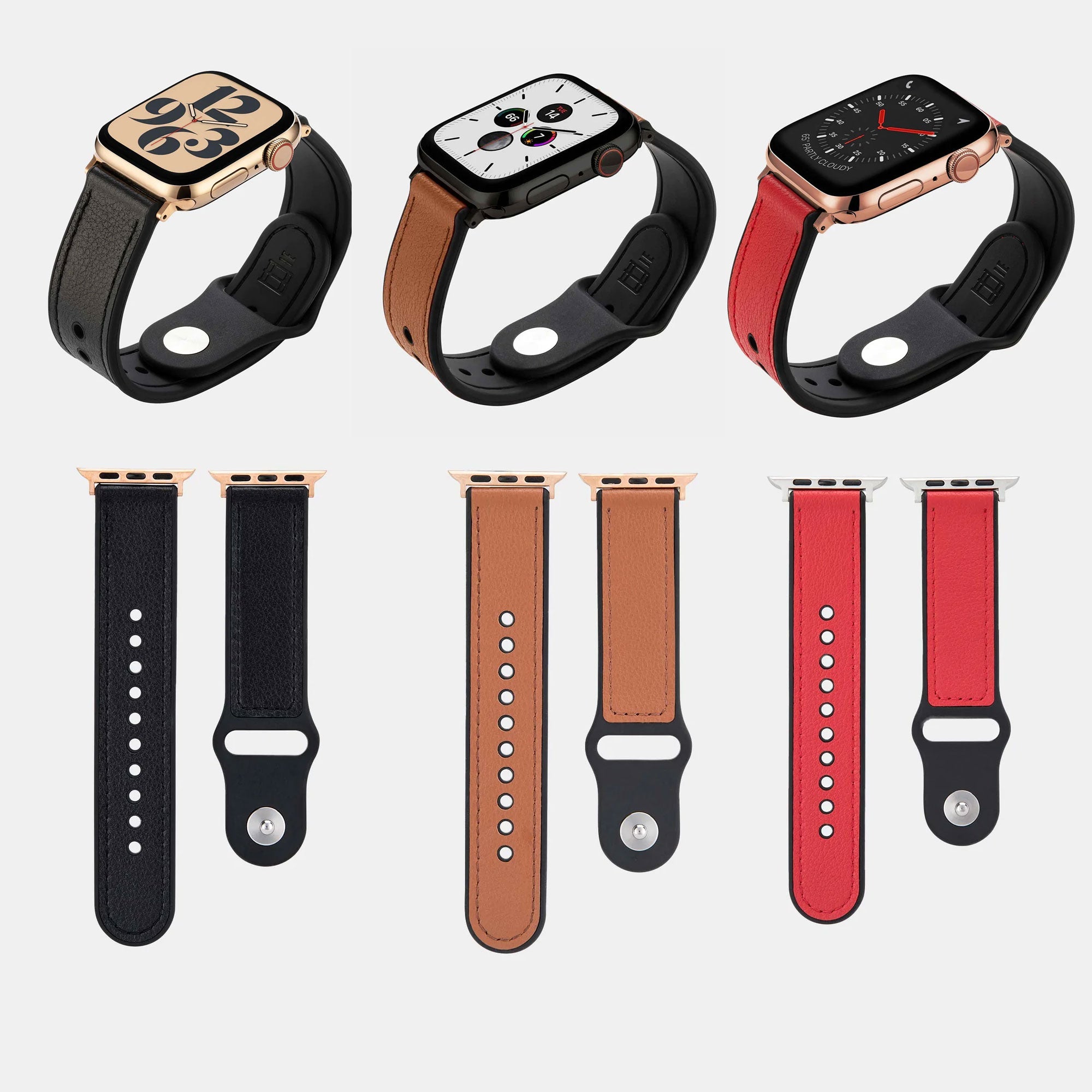
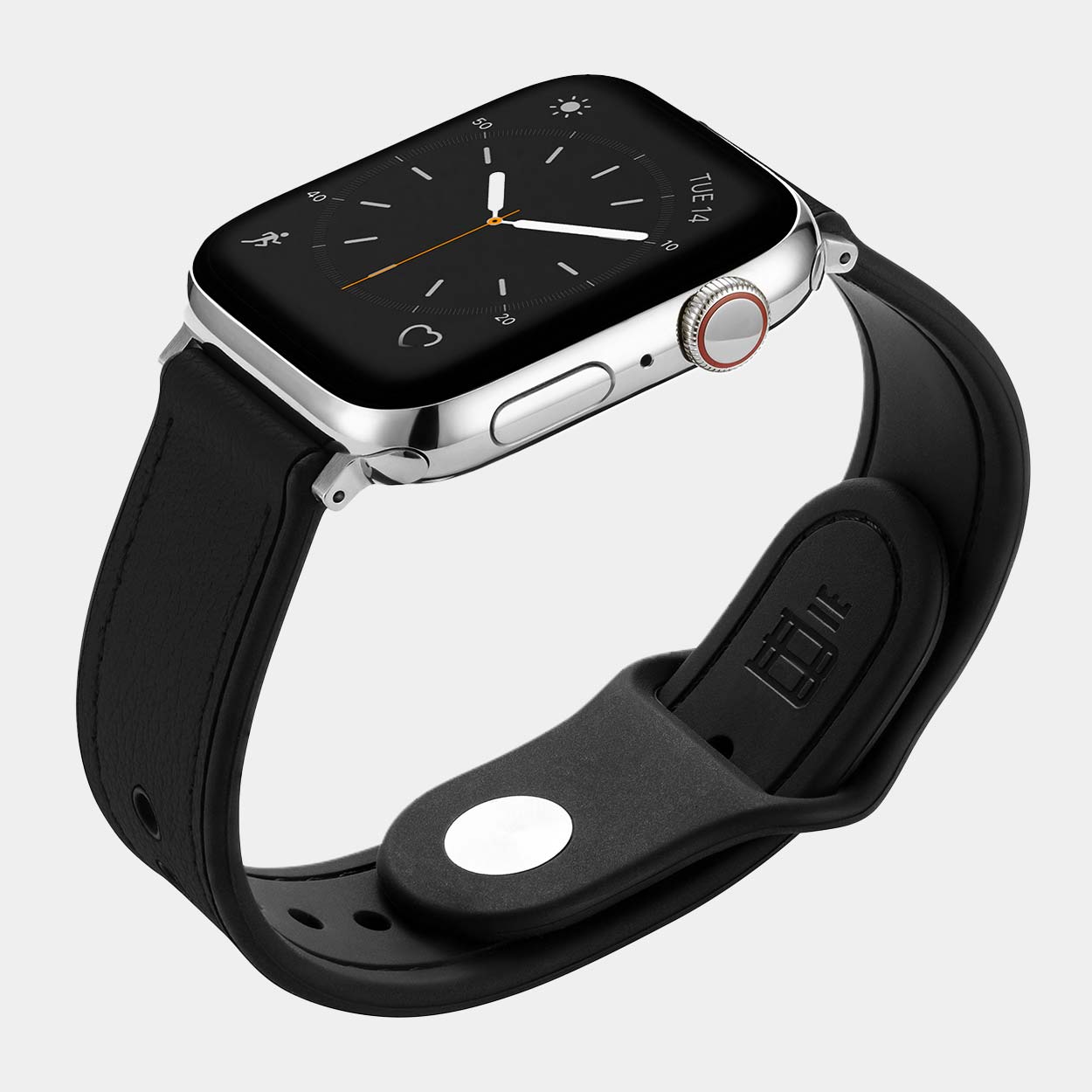
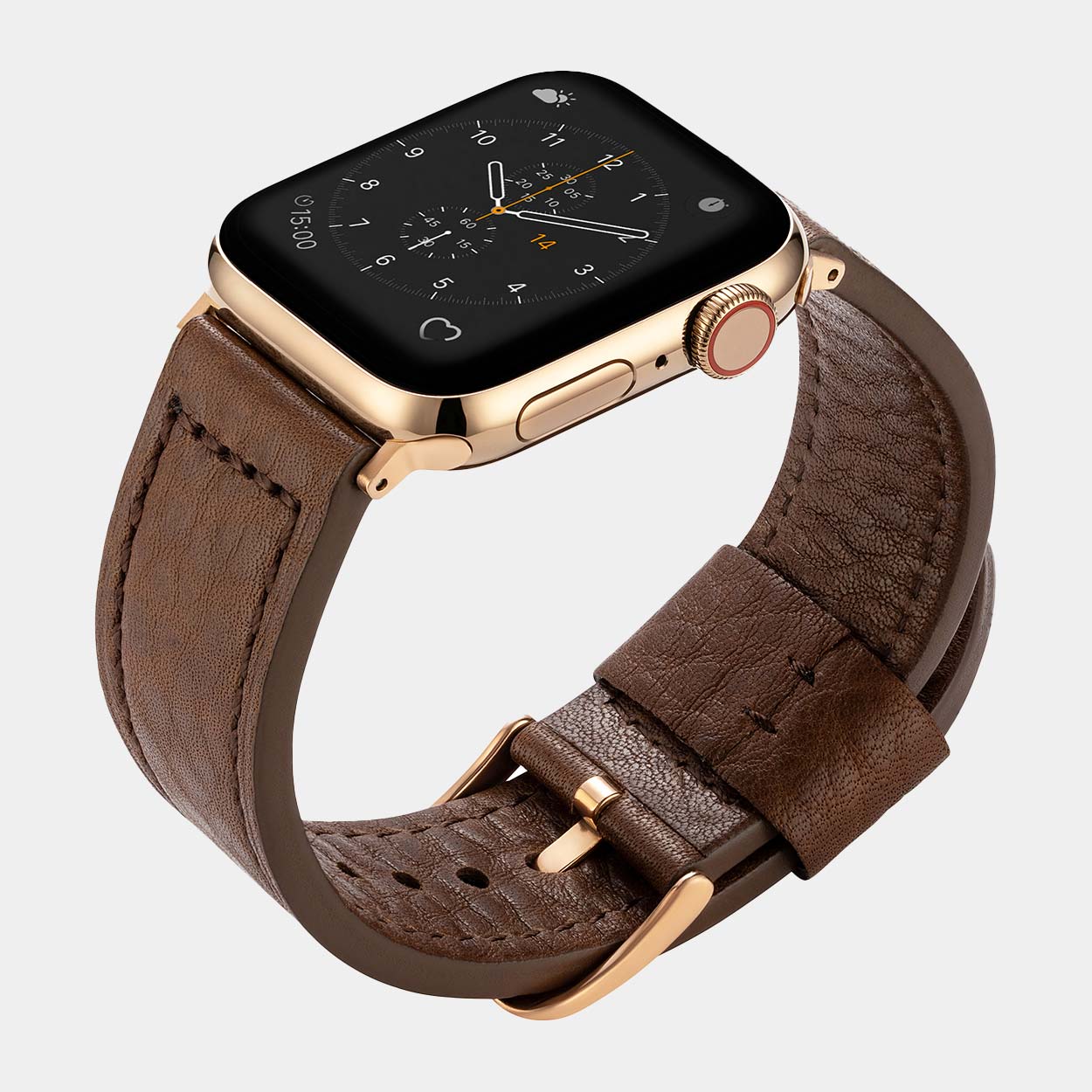
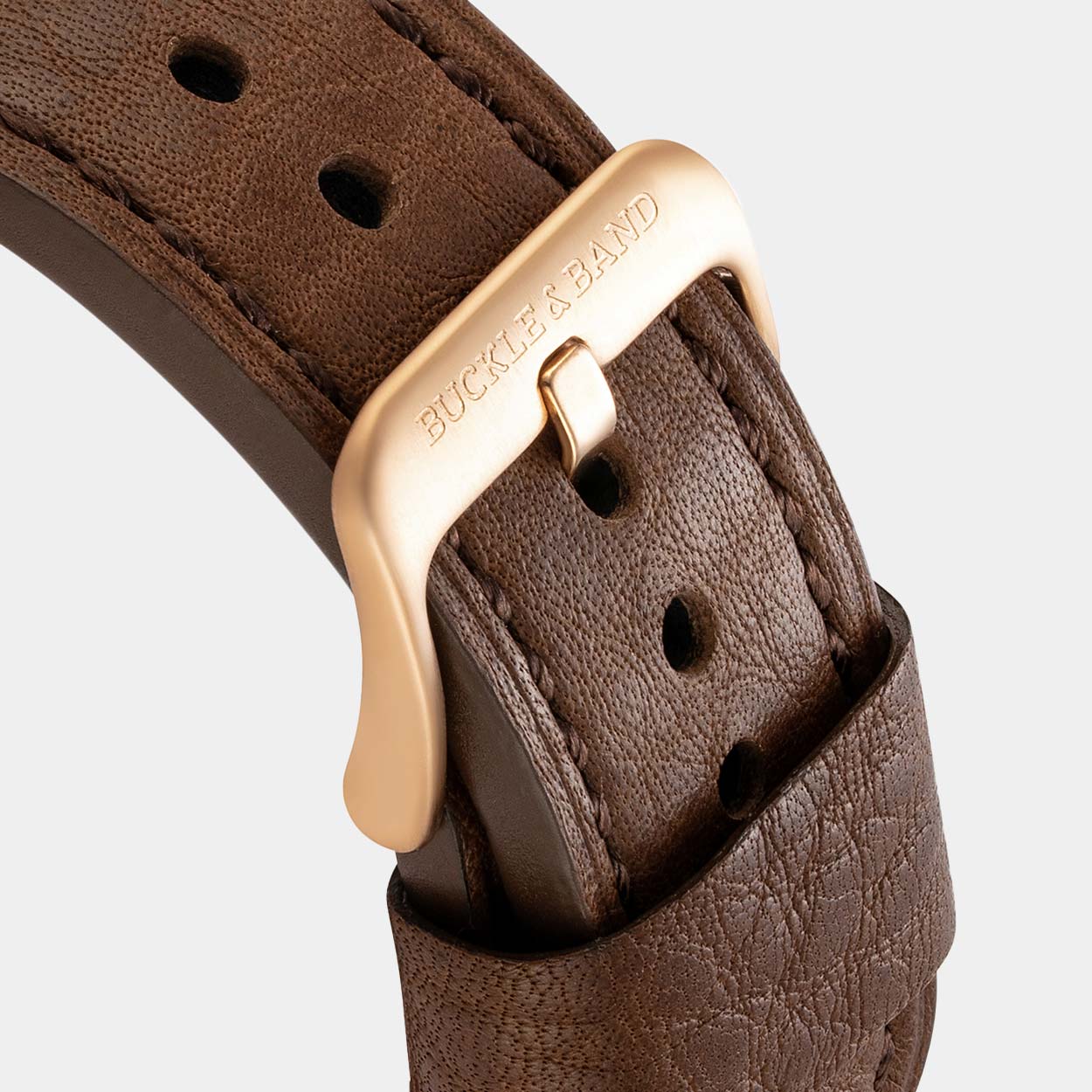
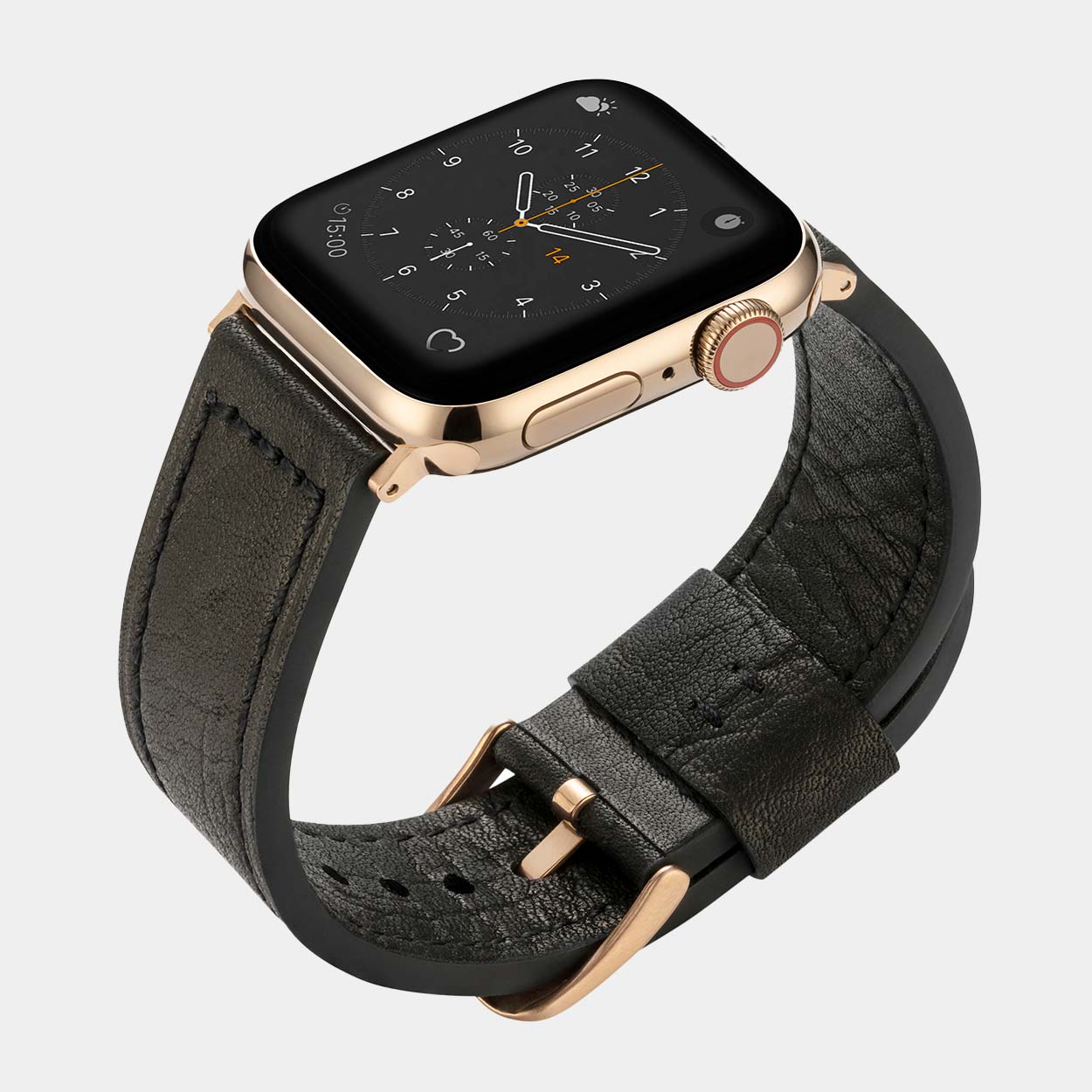
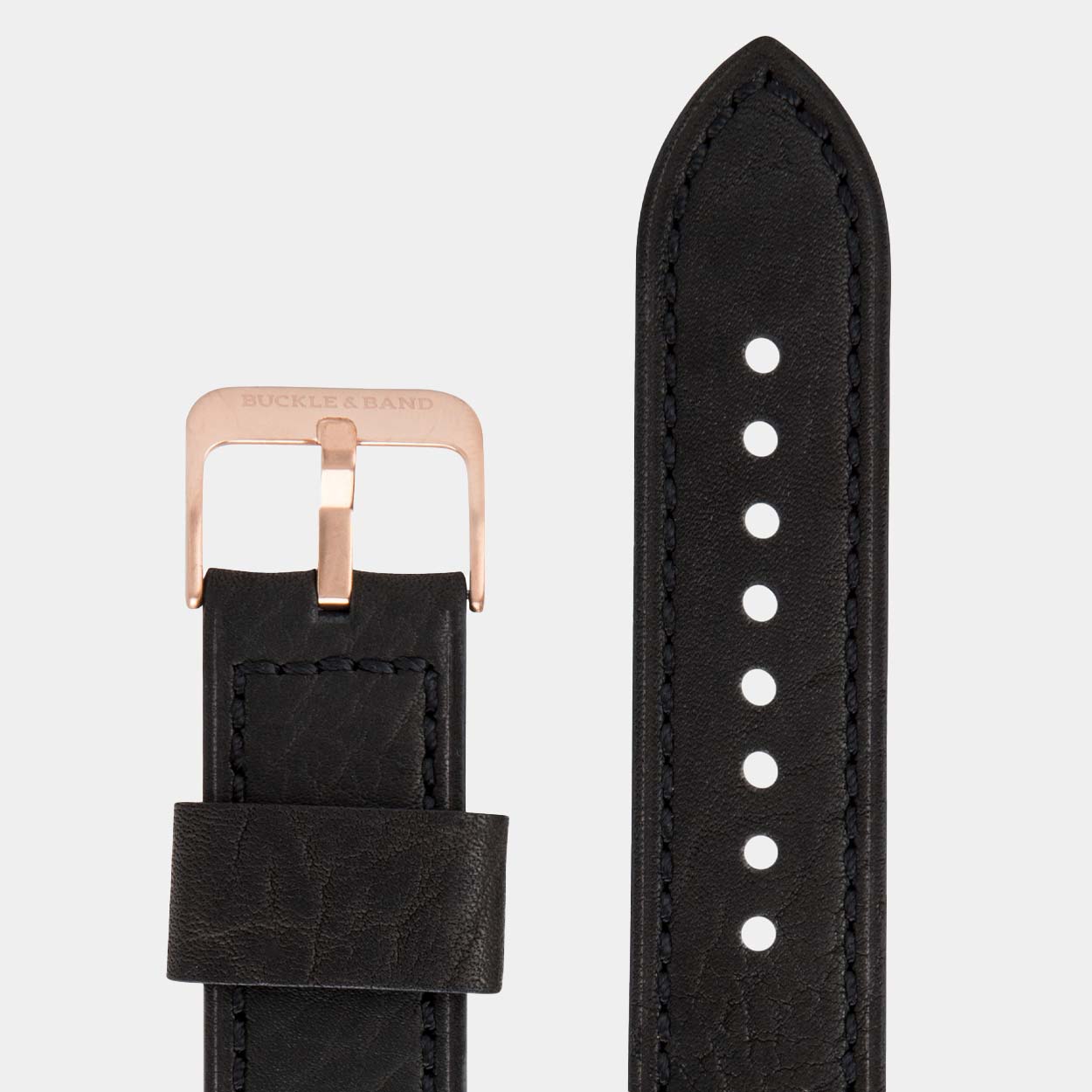
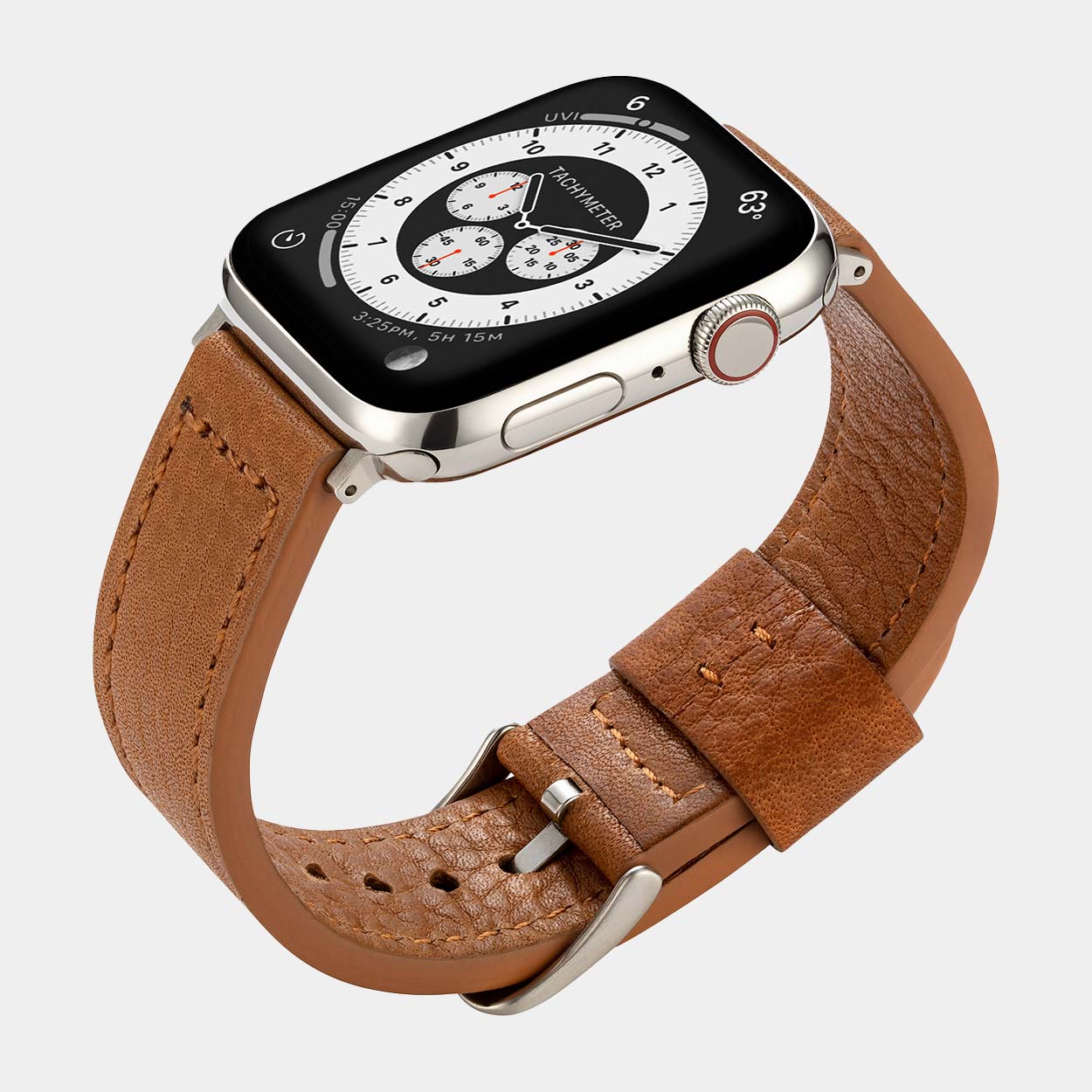
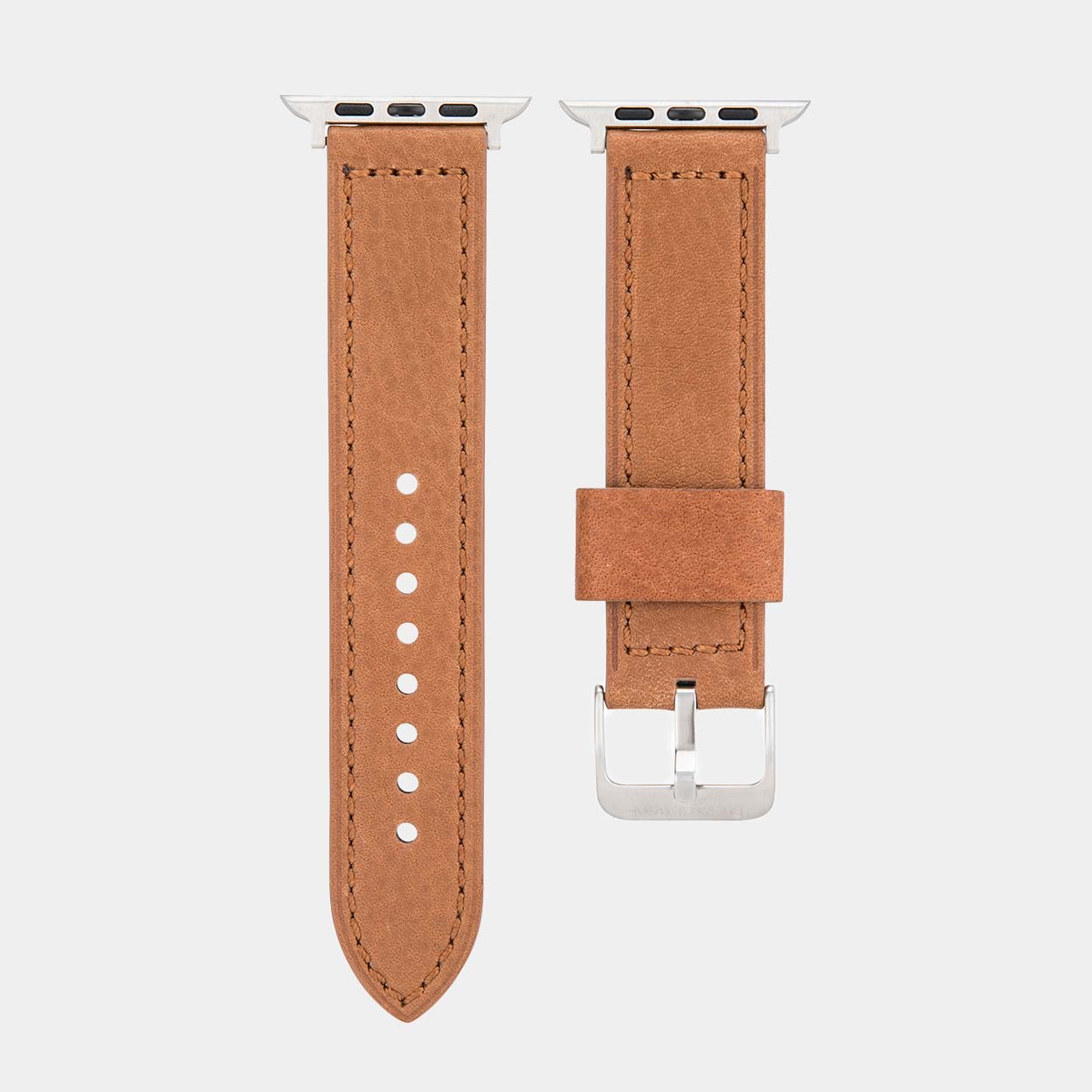
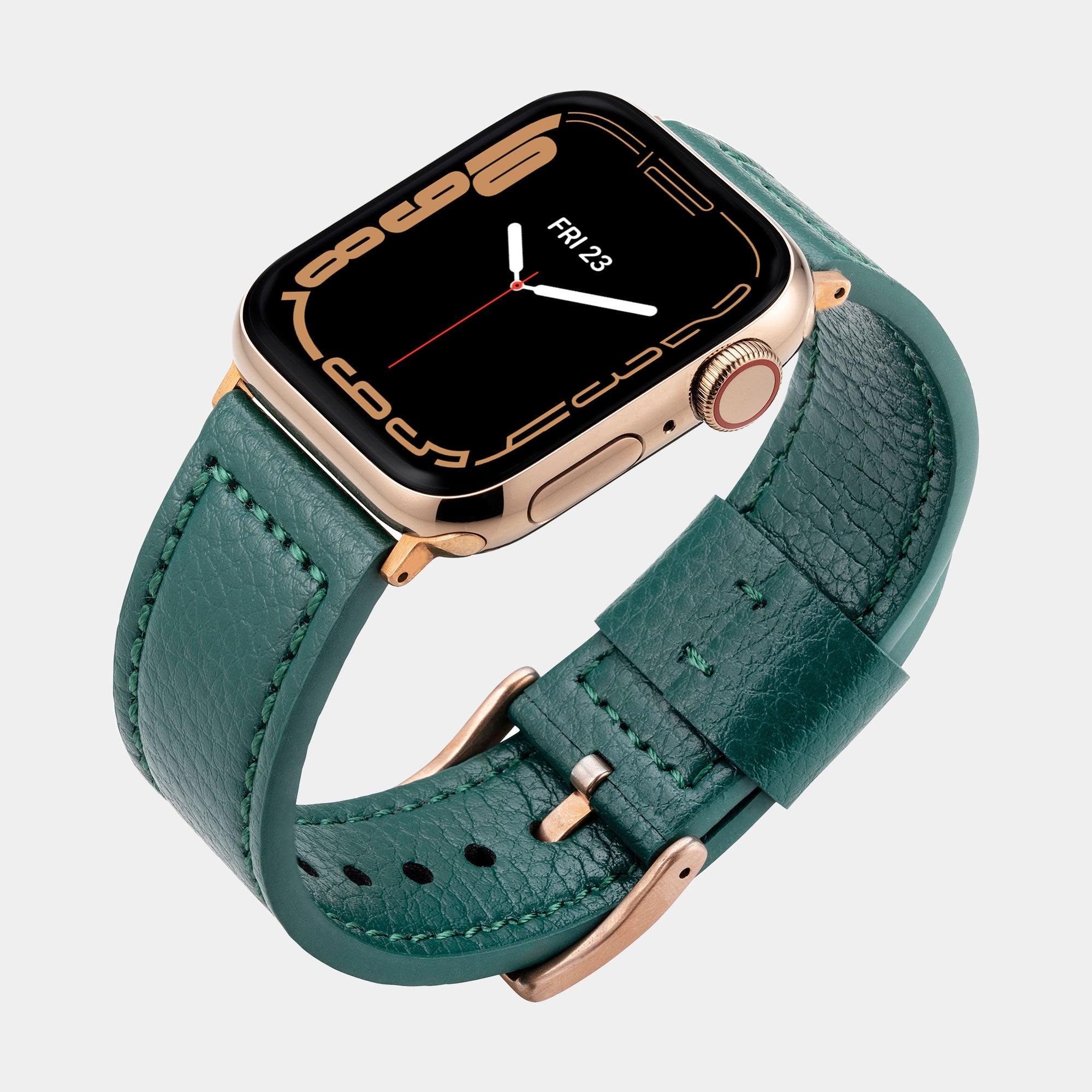
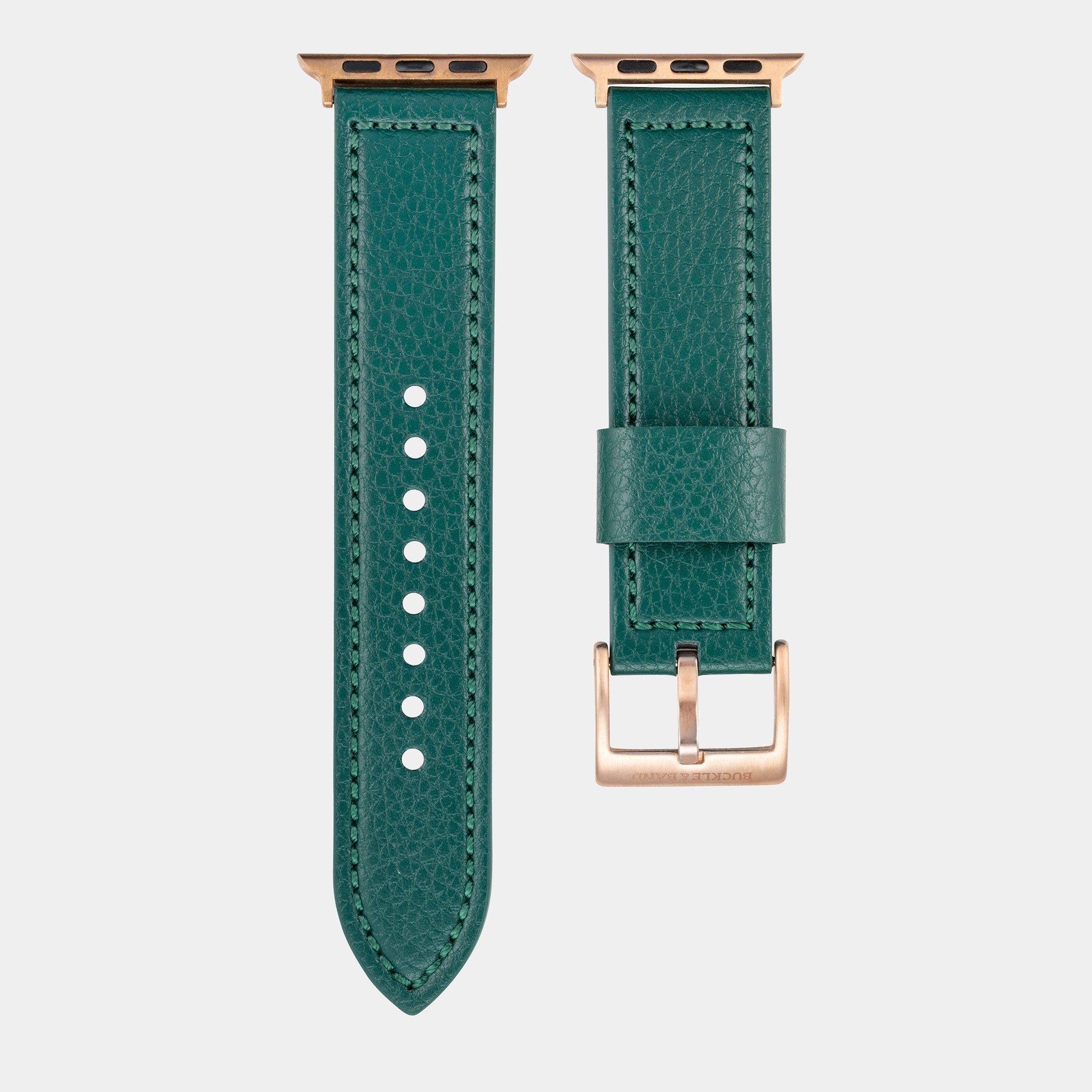
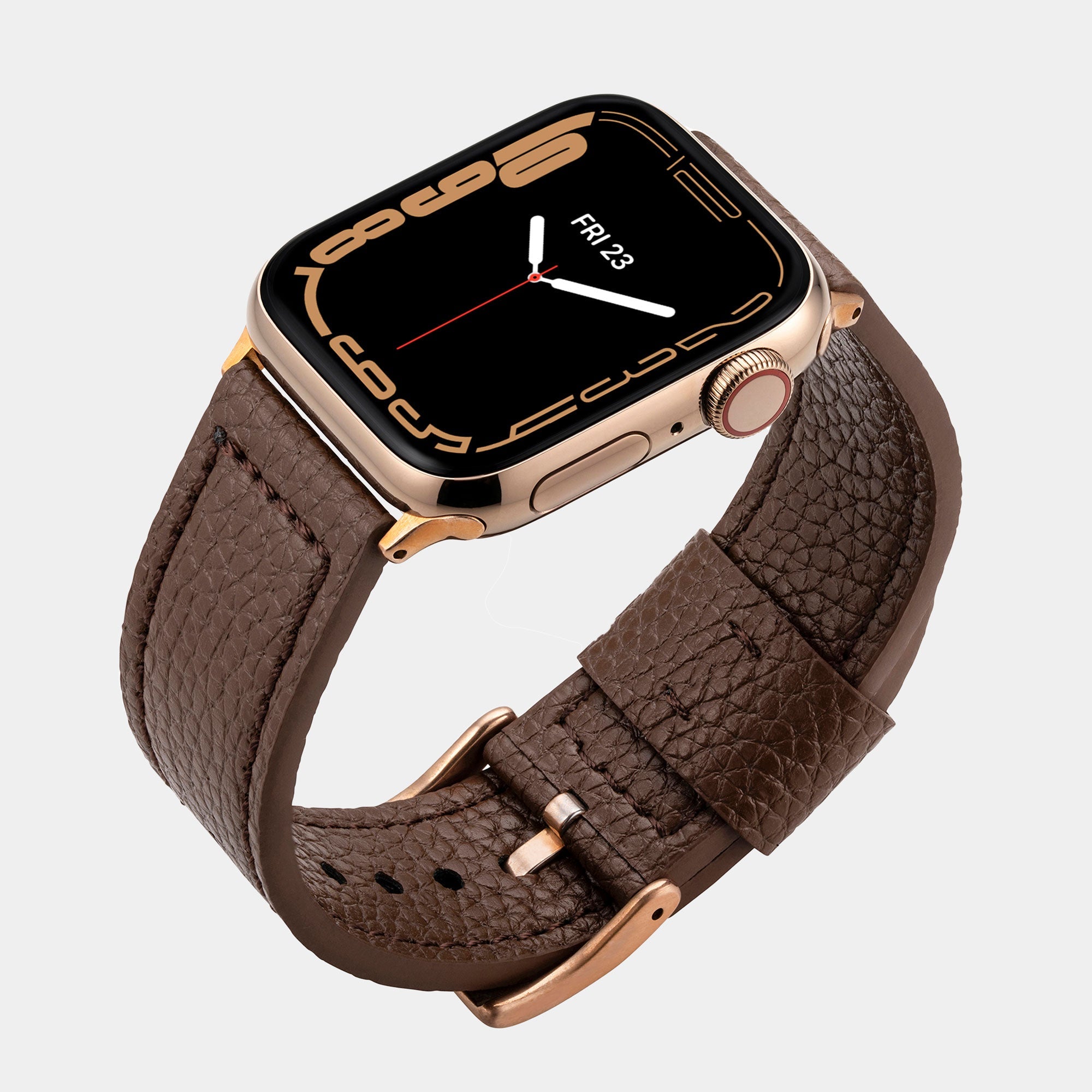
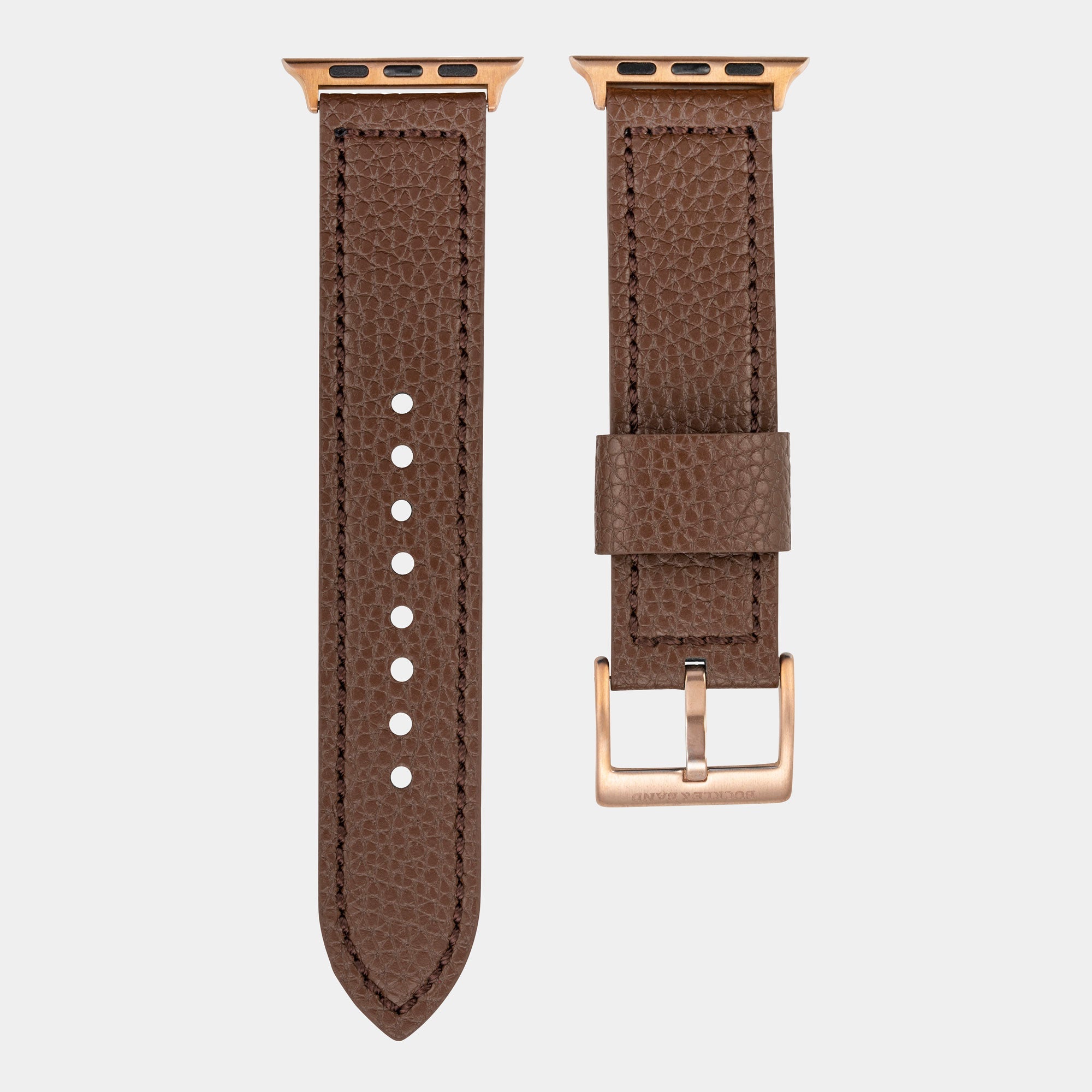
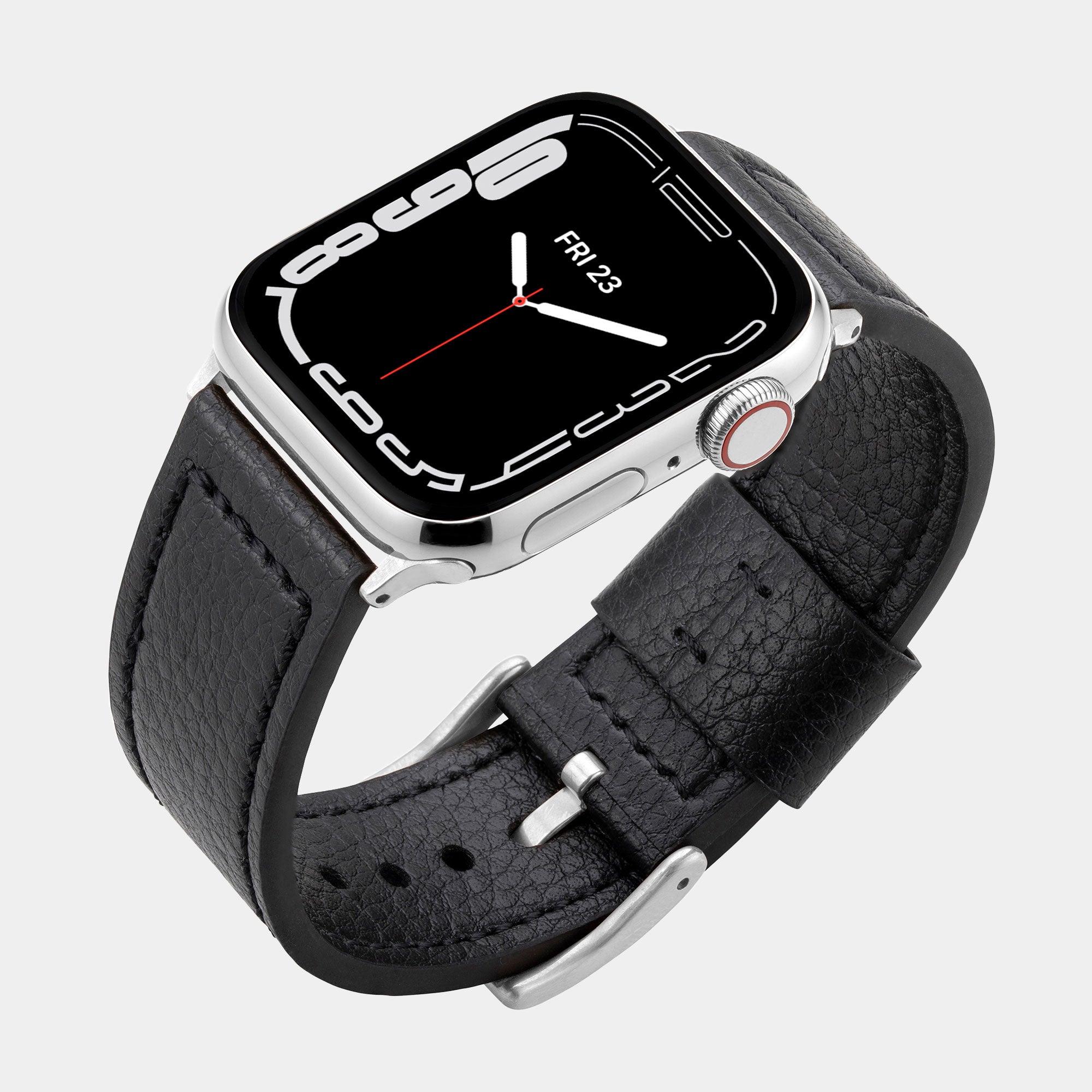
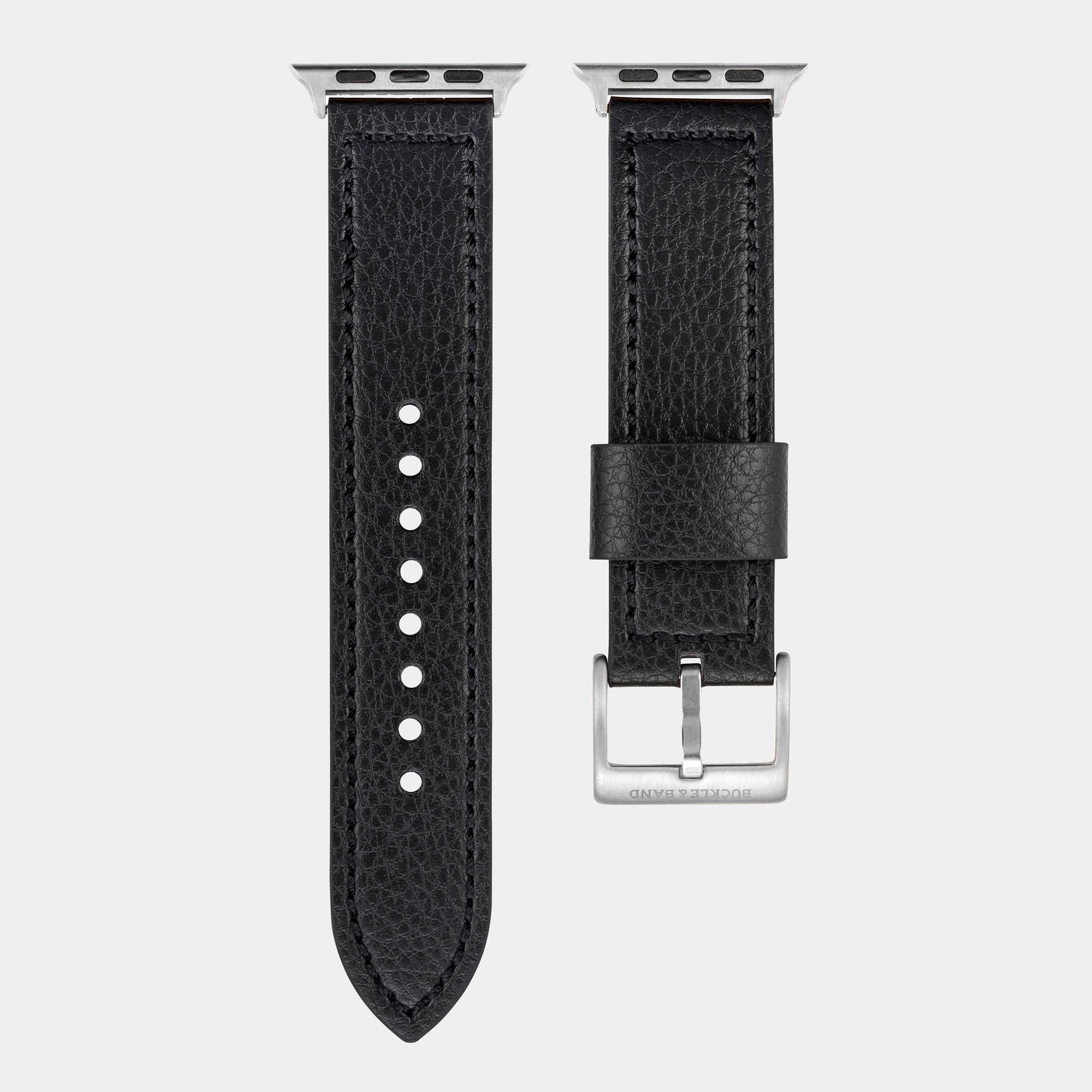
Leave a comment
This site is protected by hCaptcha and the hCaptcha Privacy Policy and Terms of Service apply.